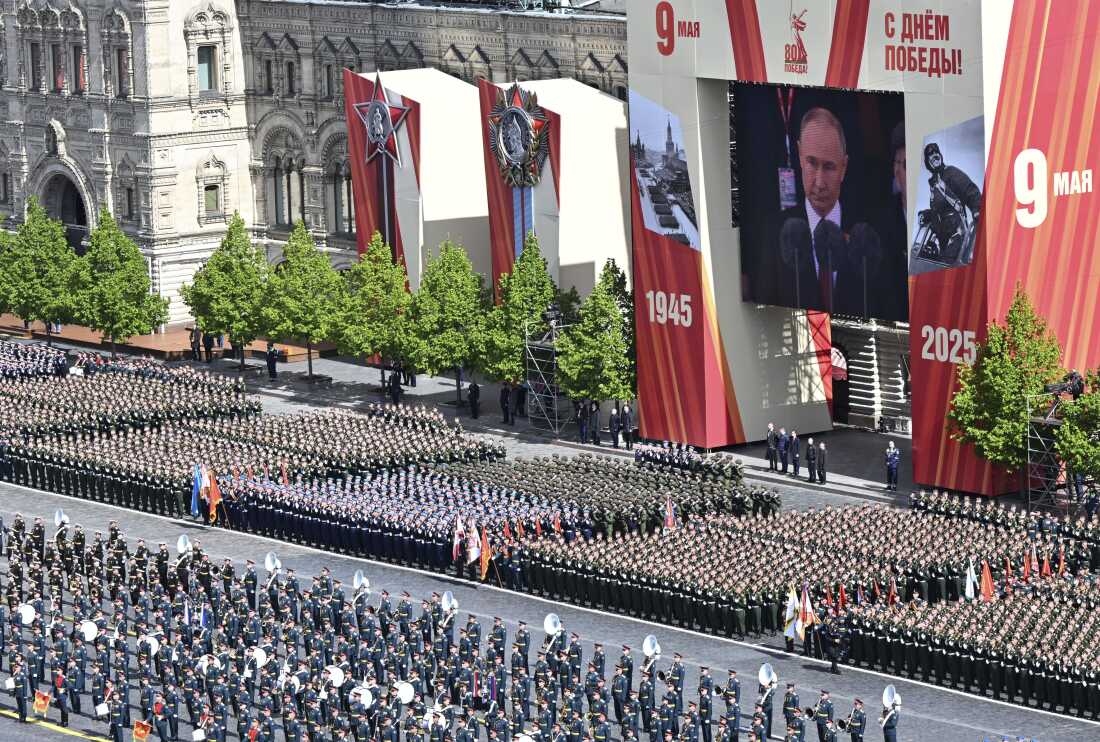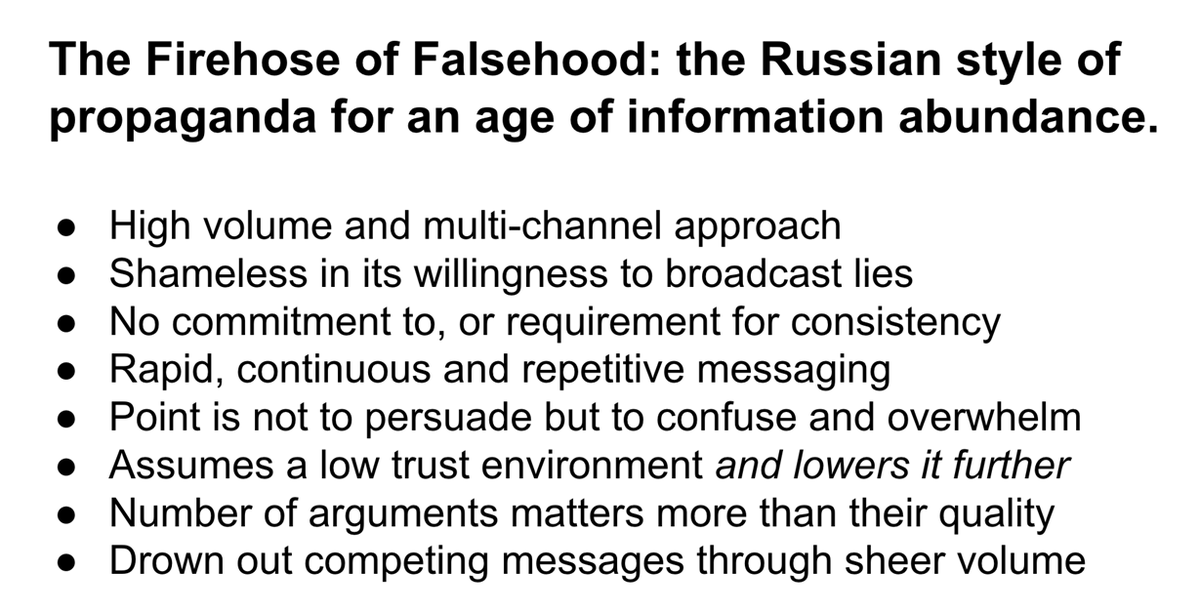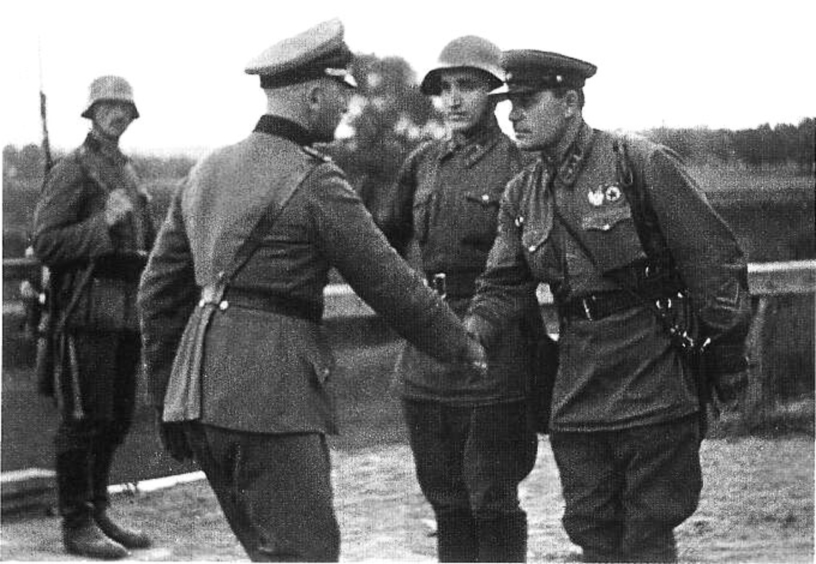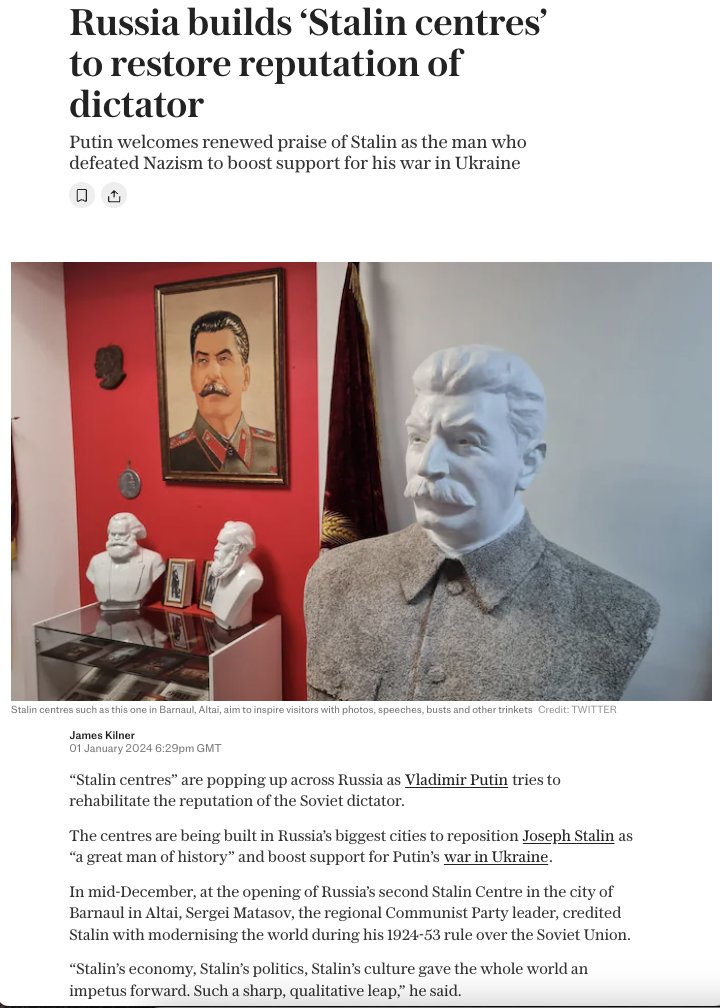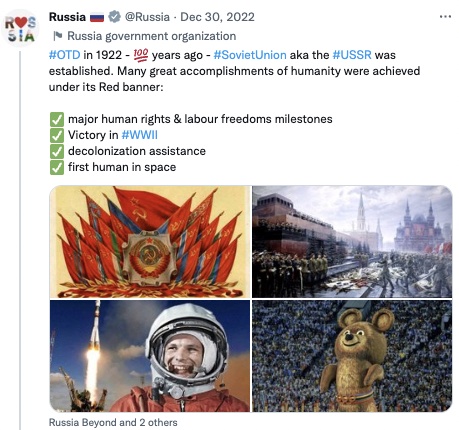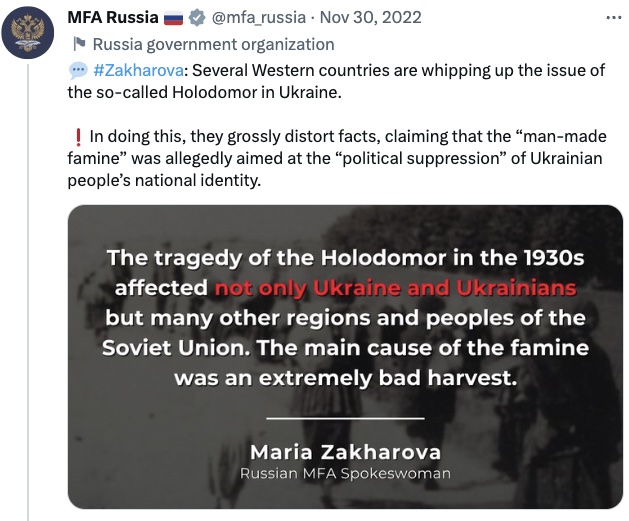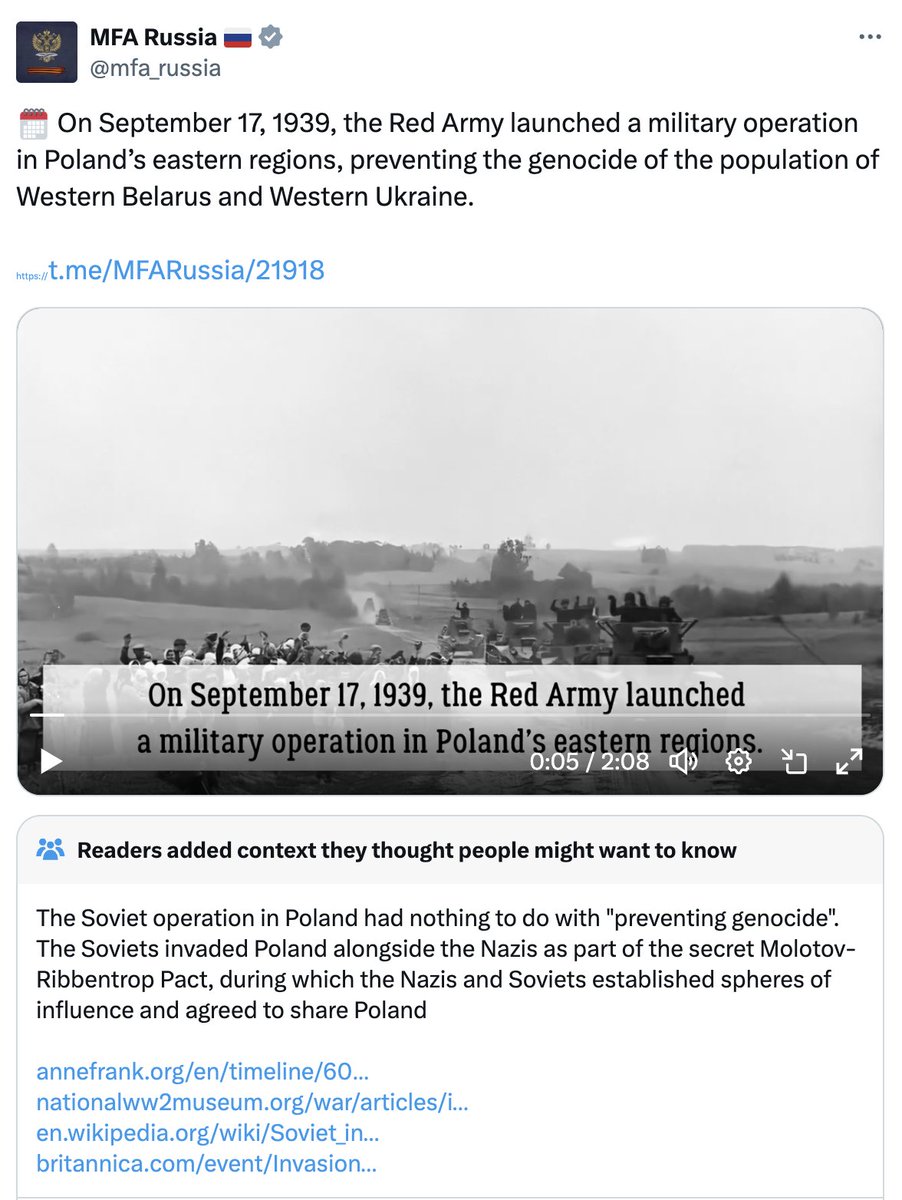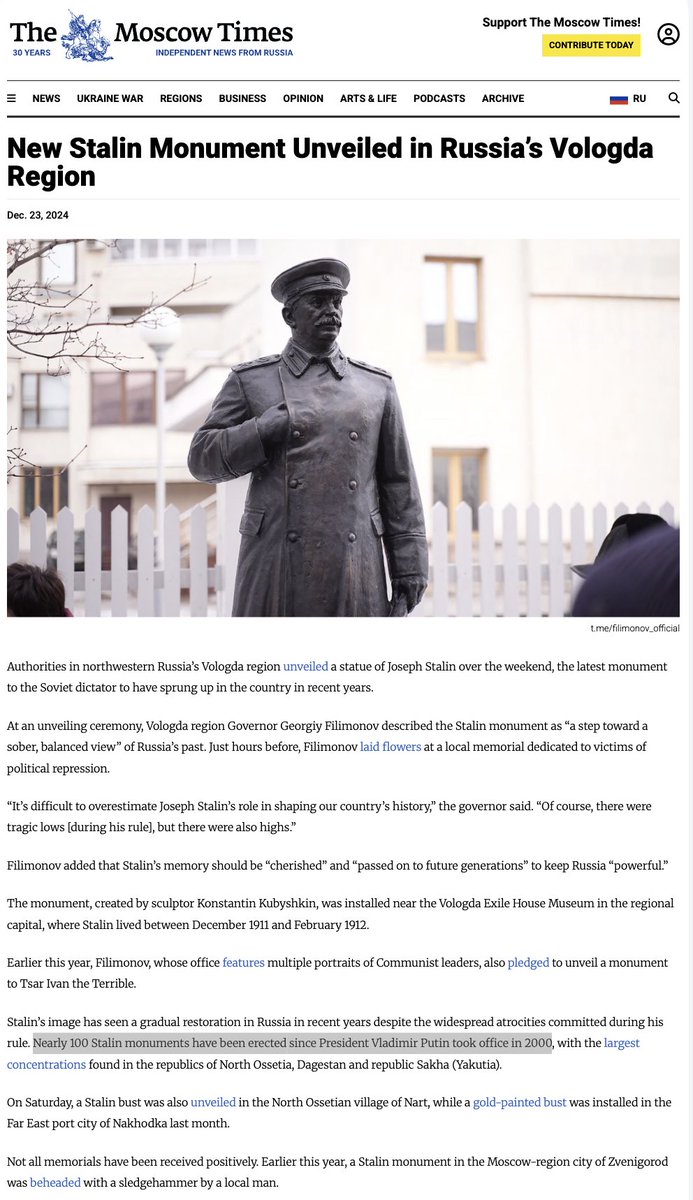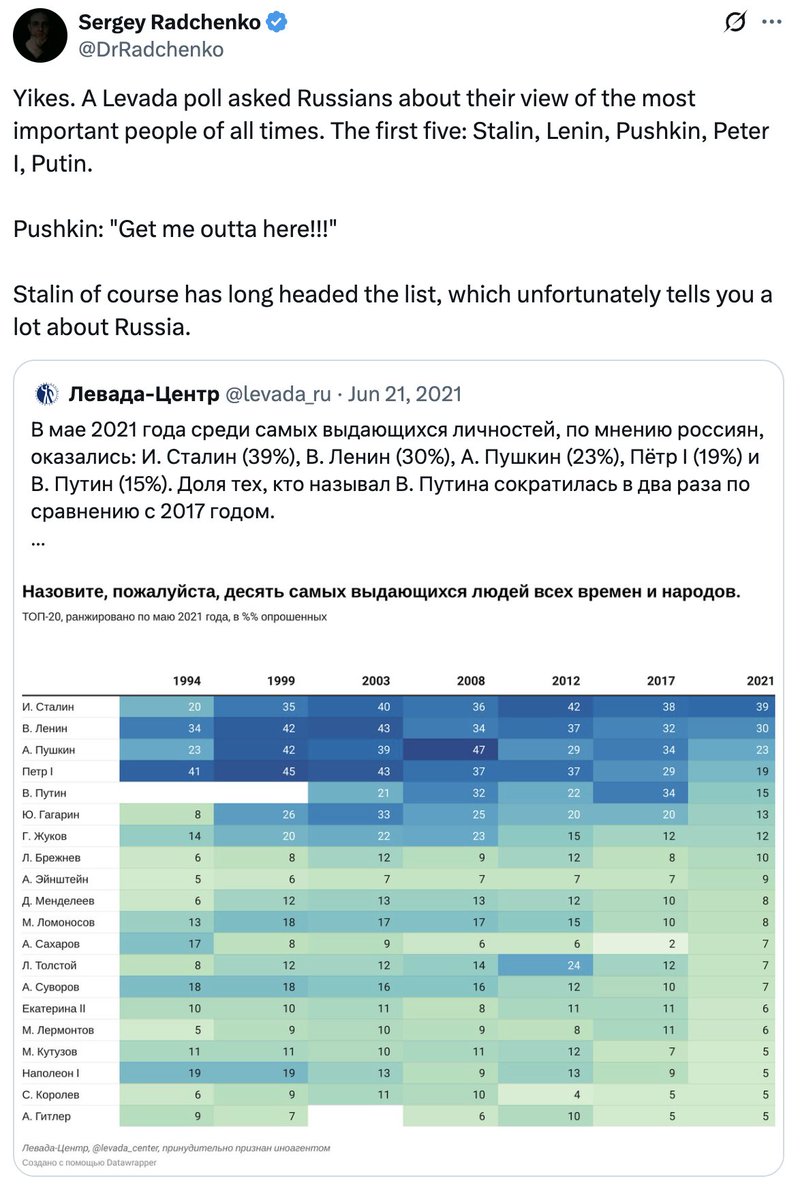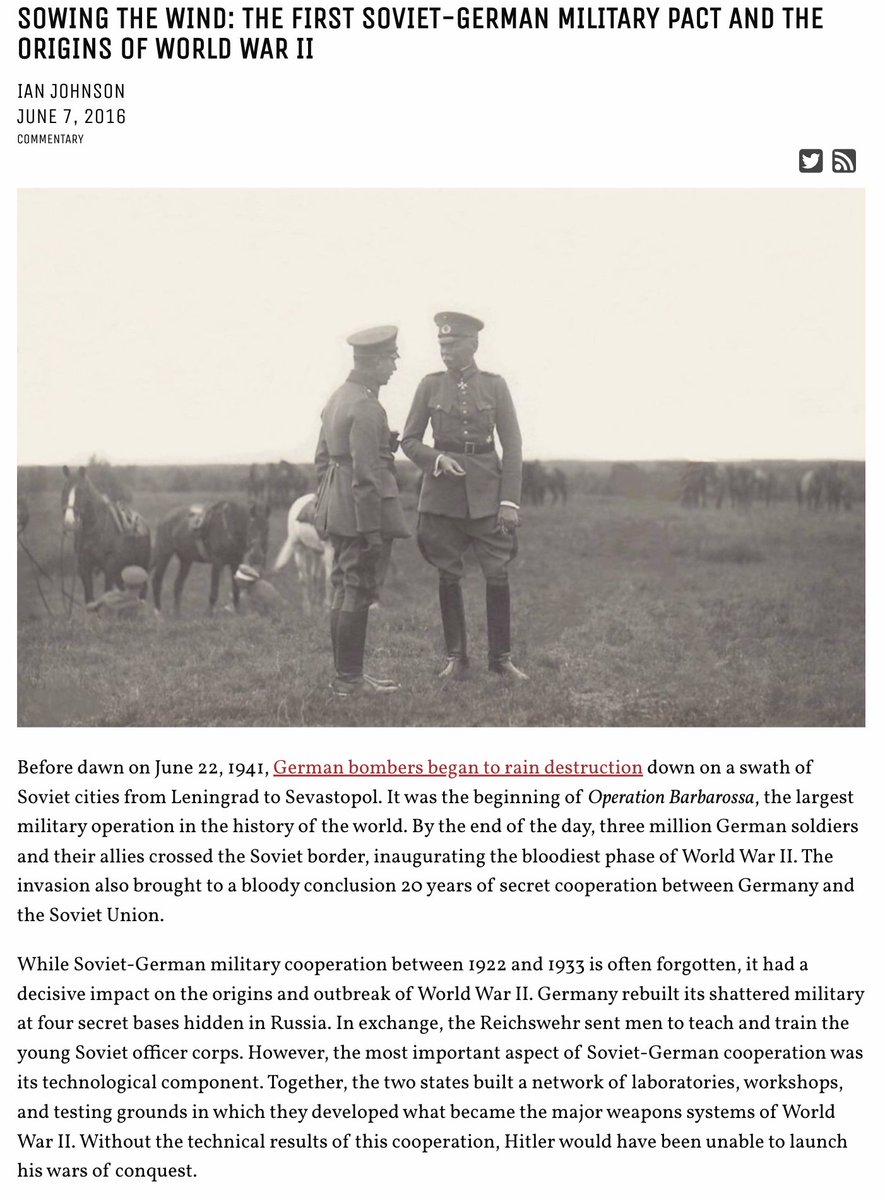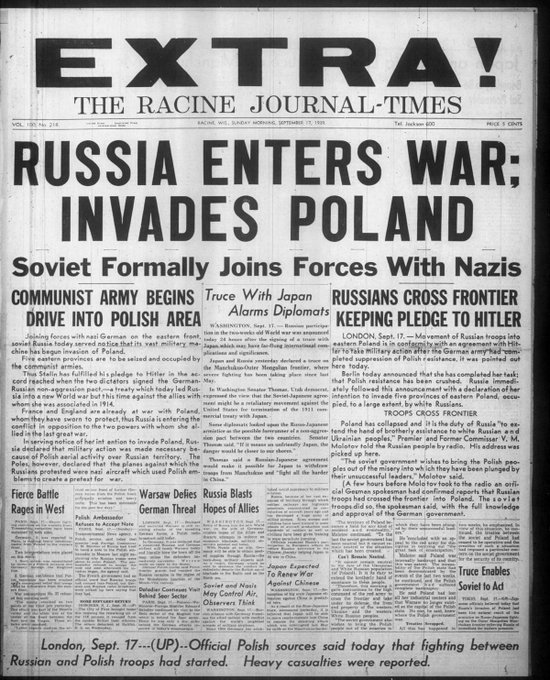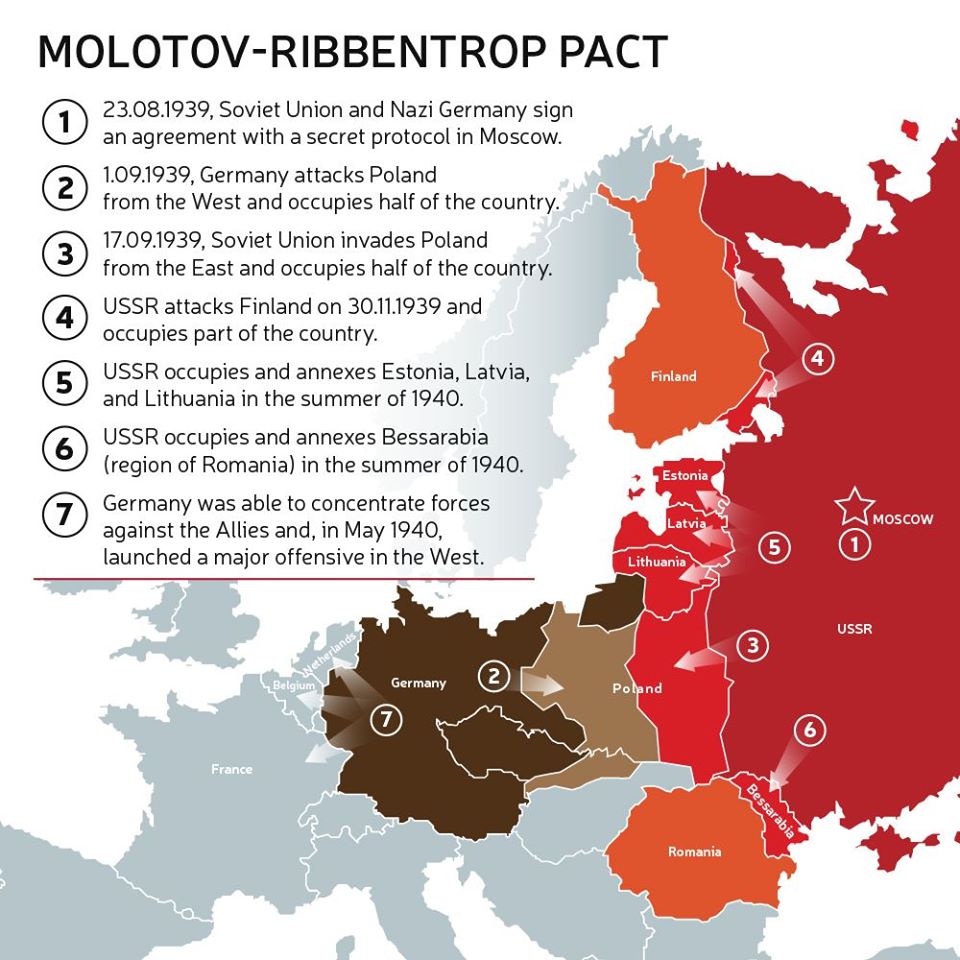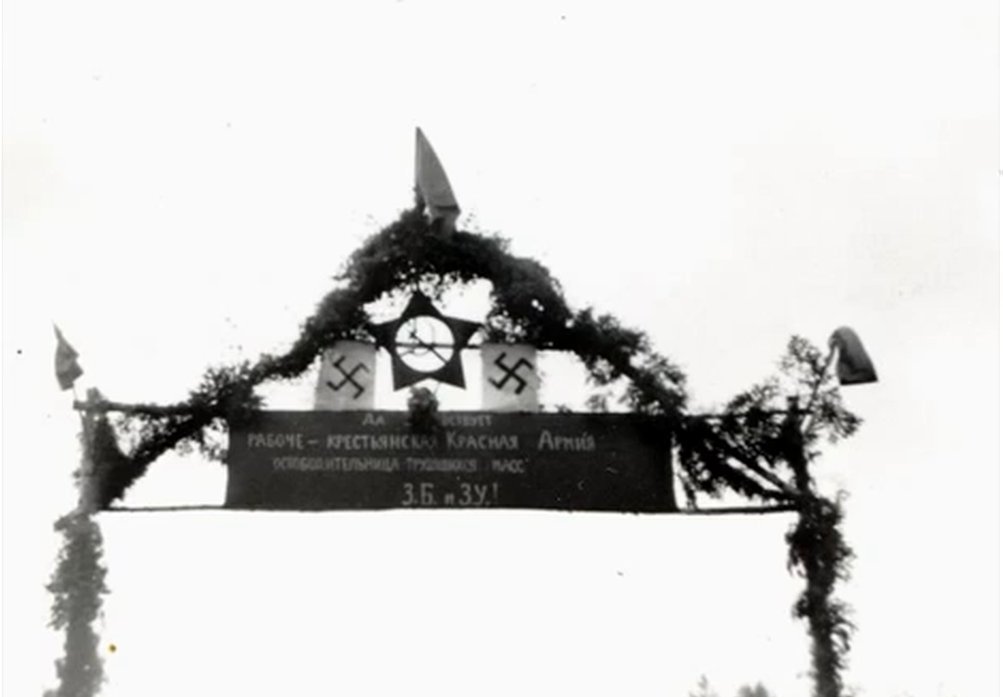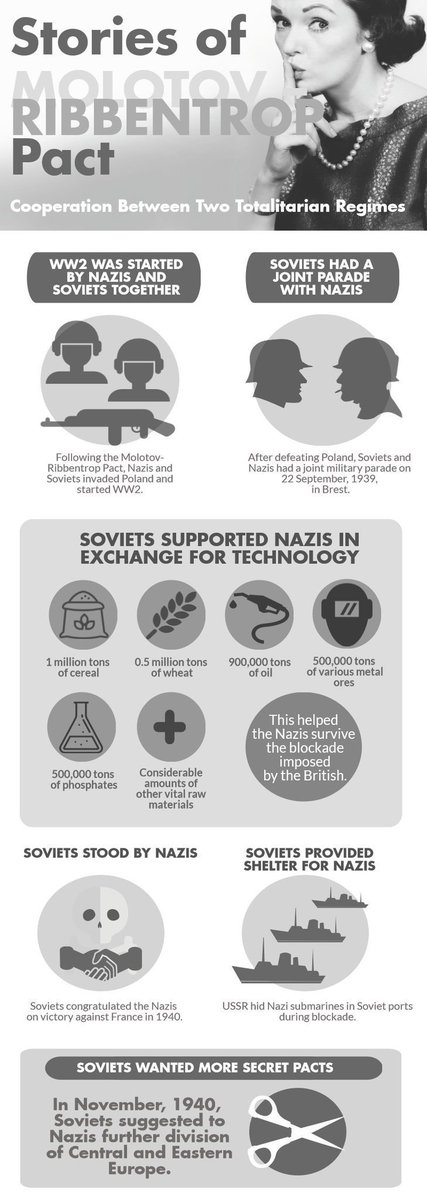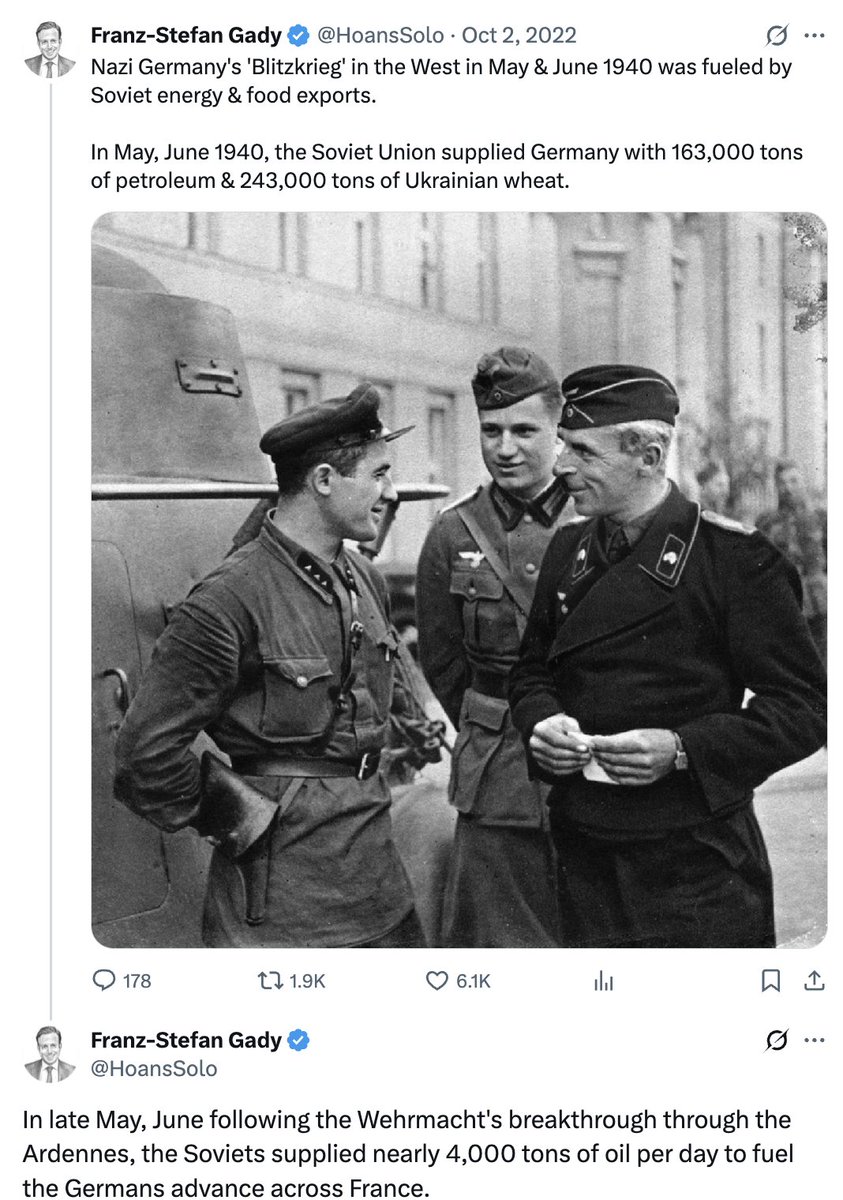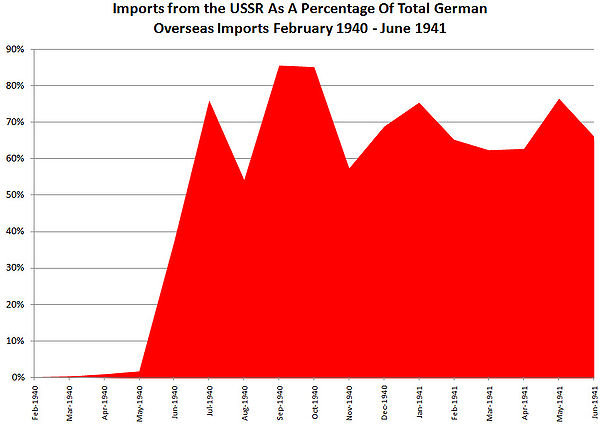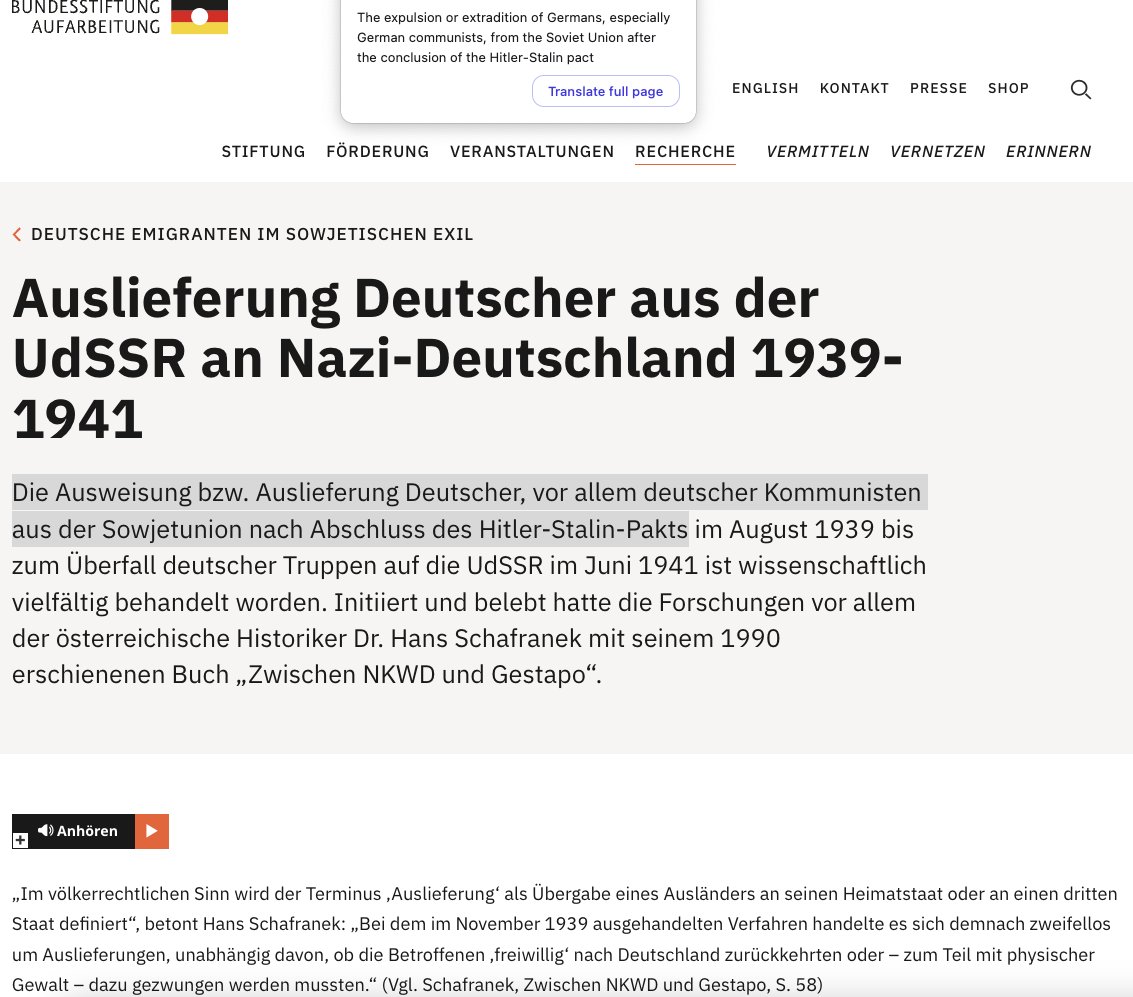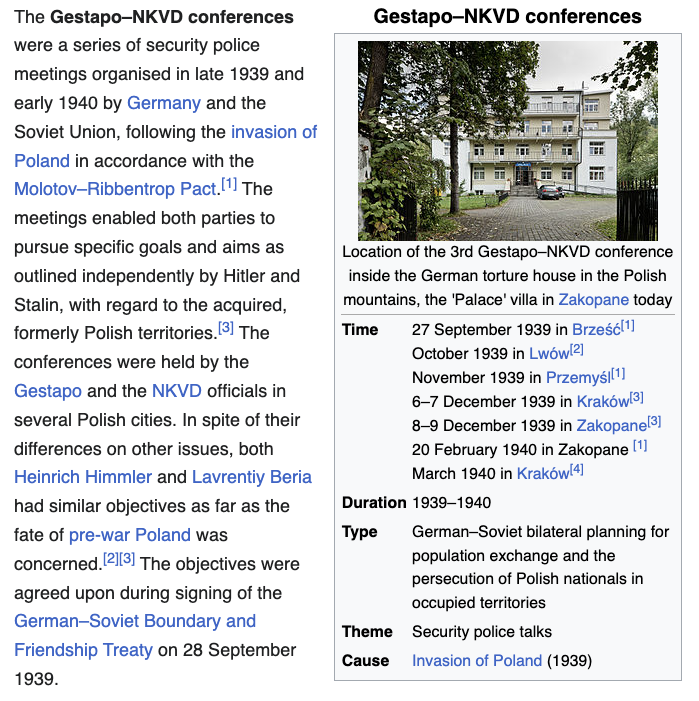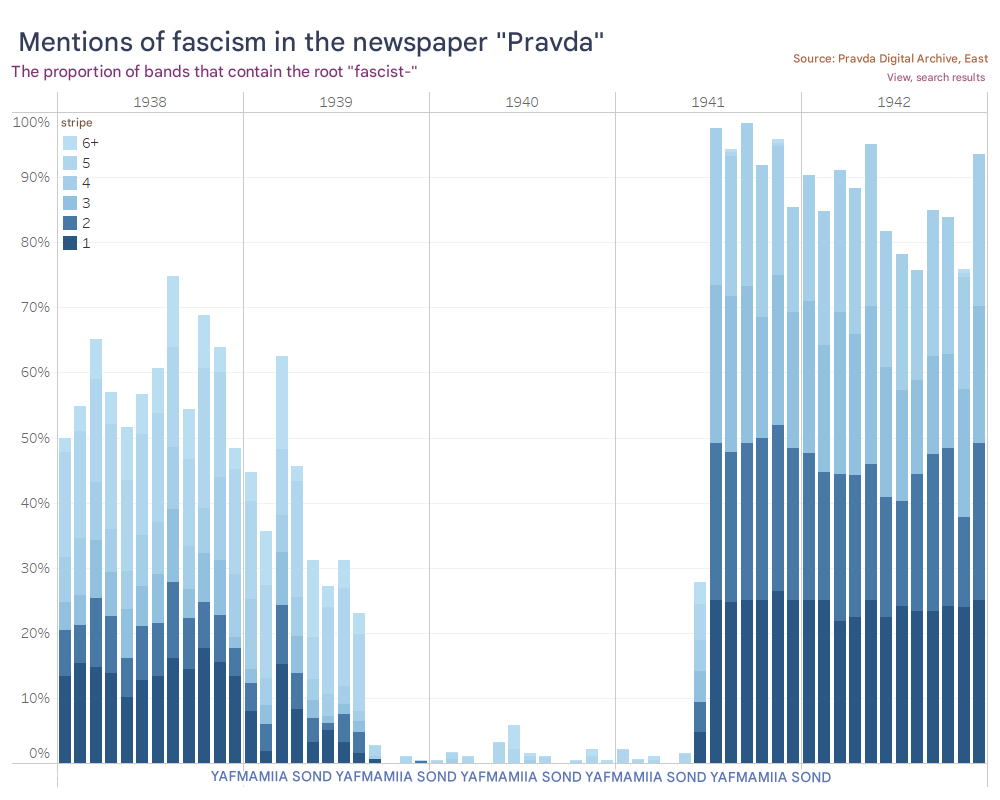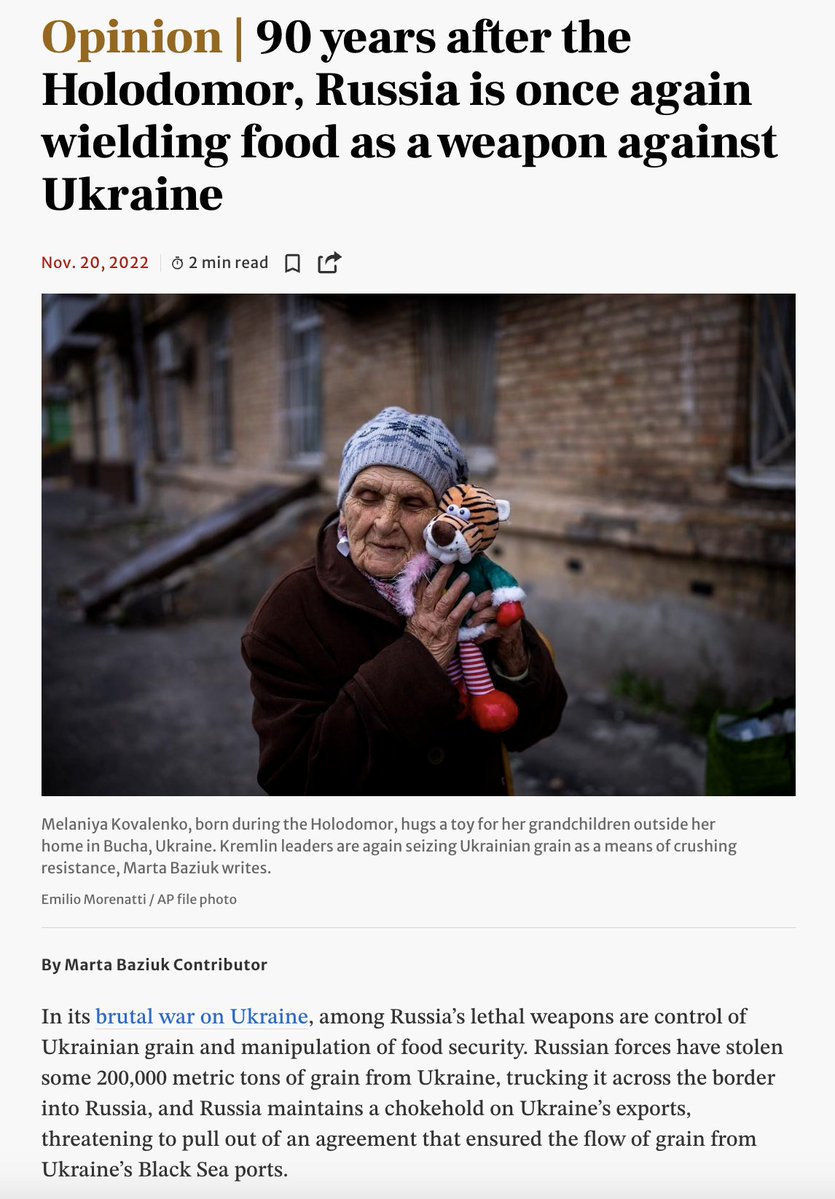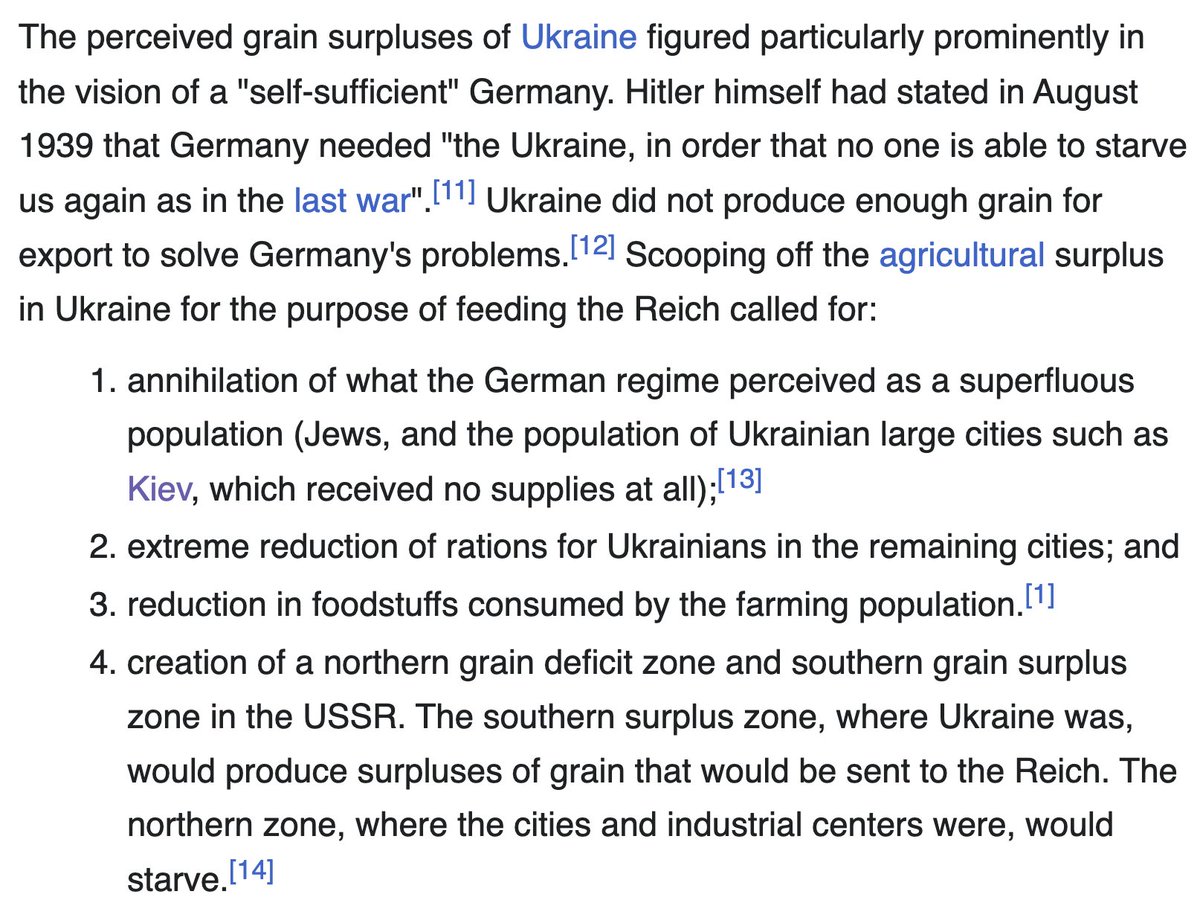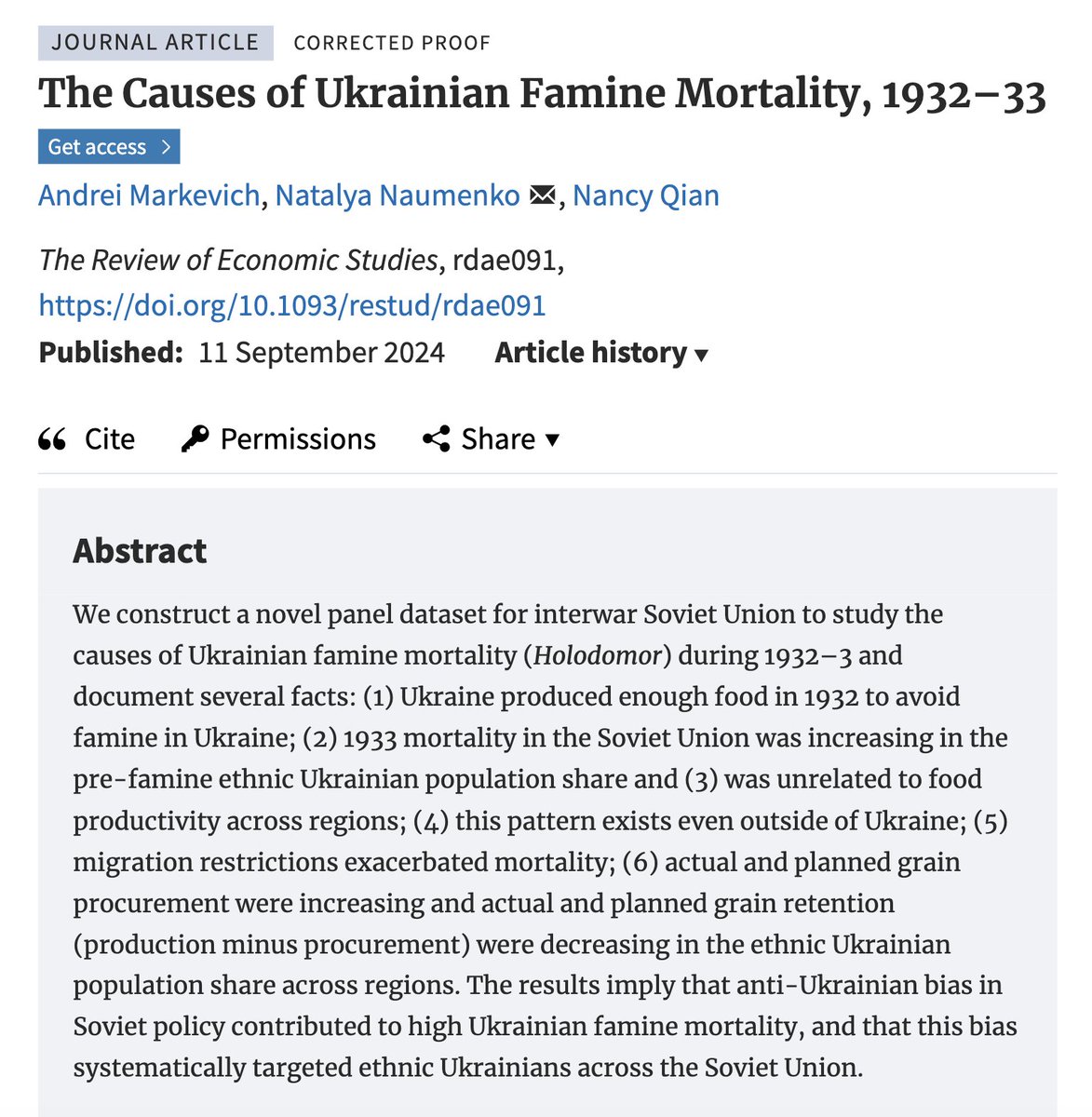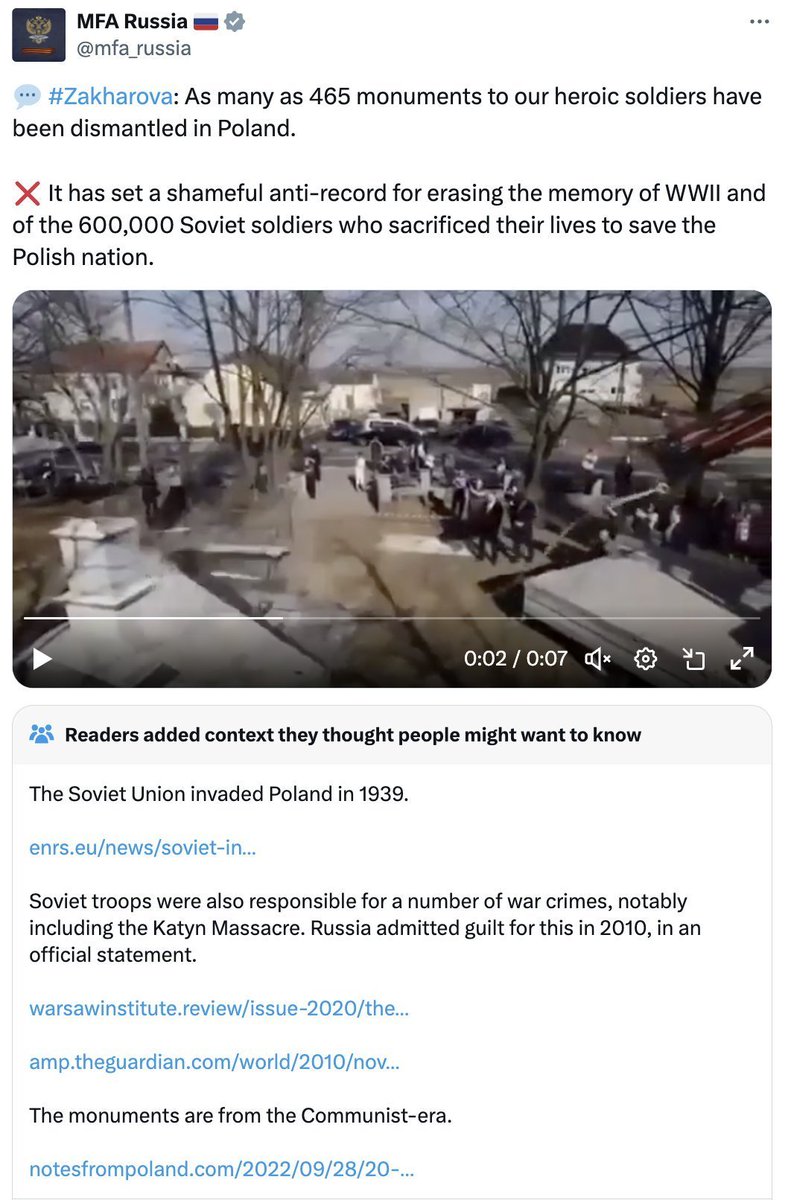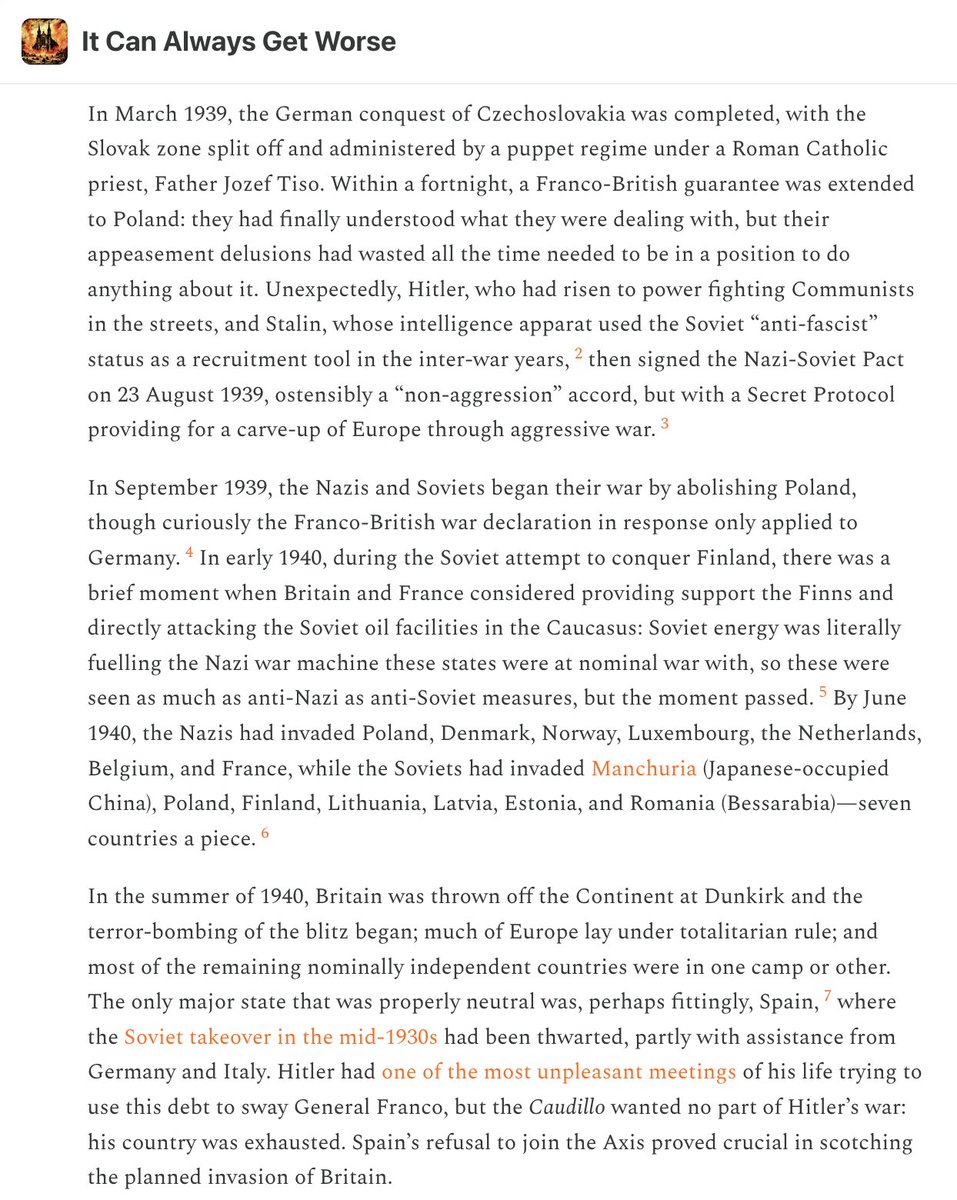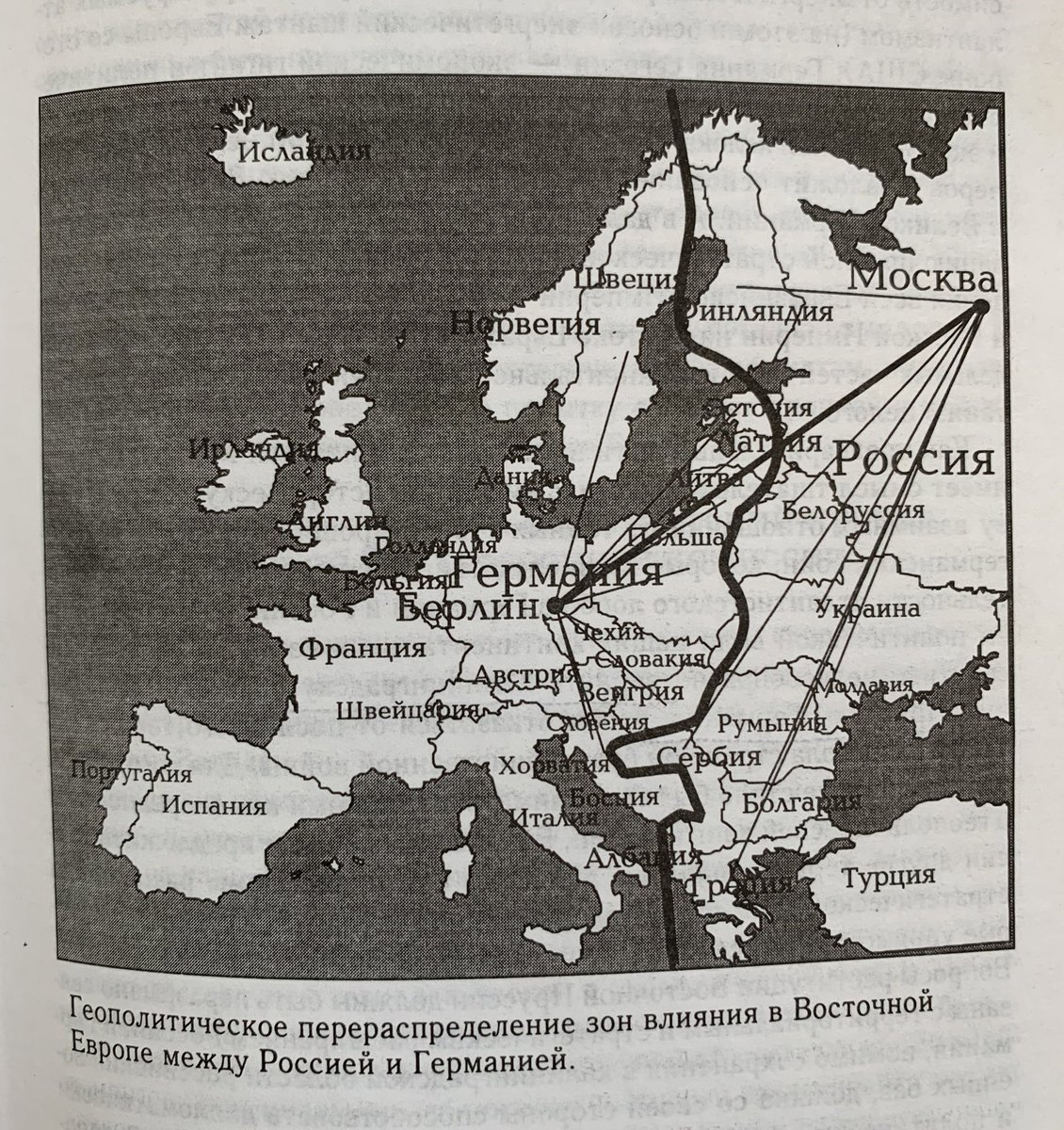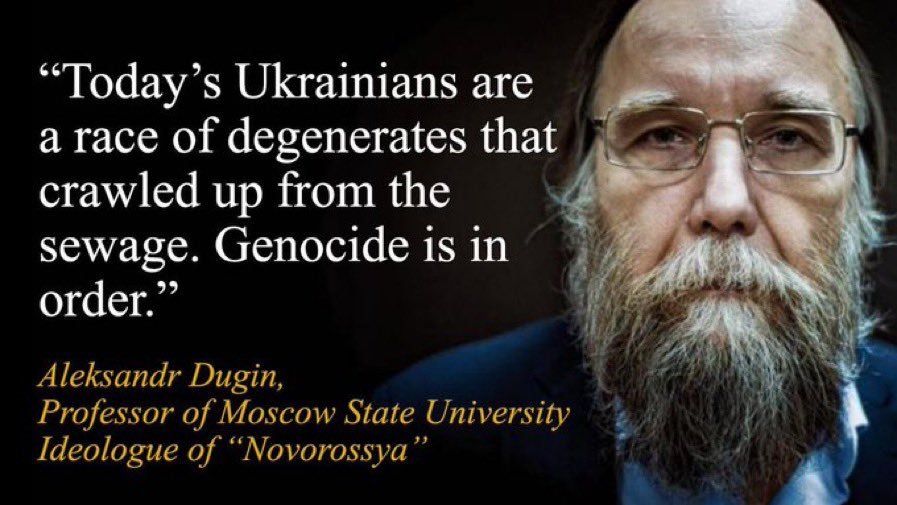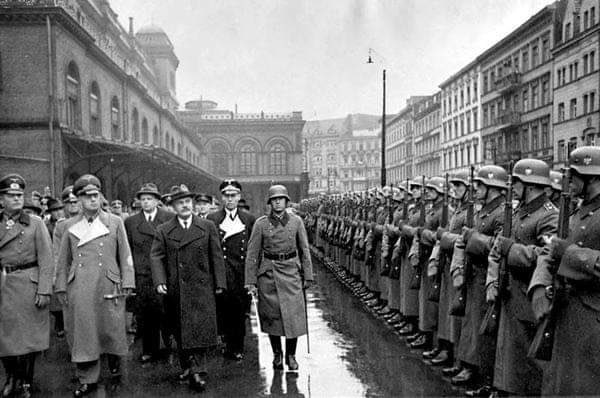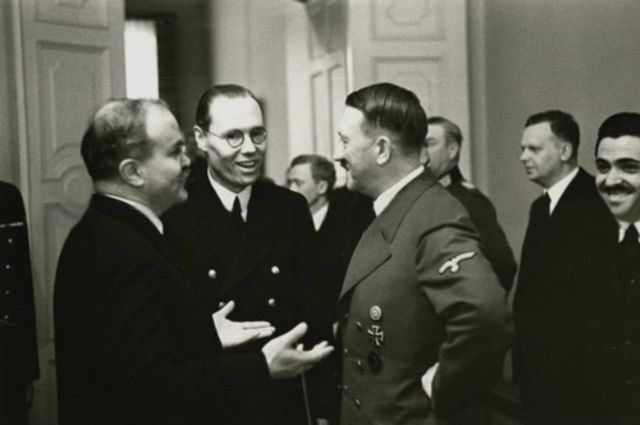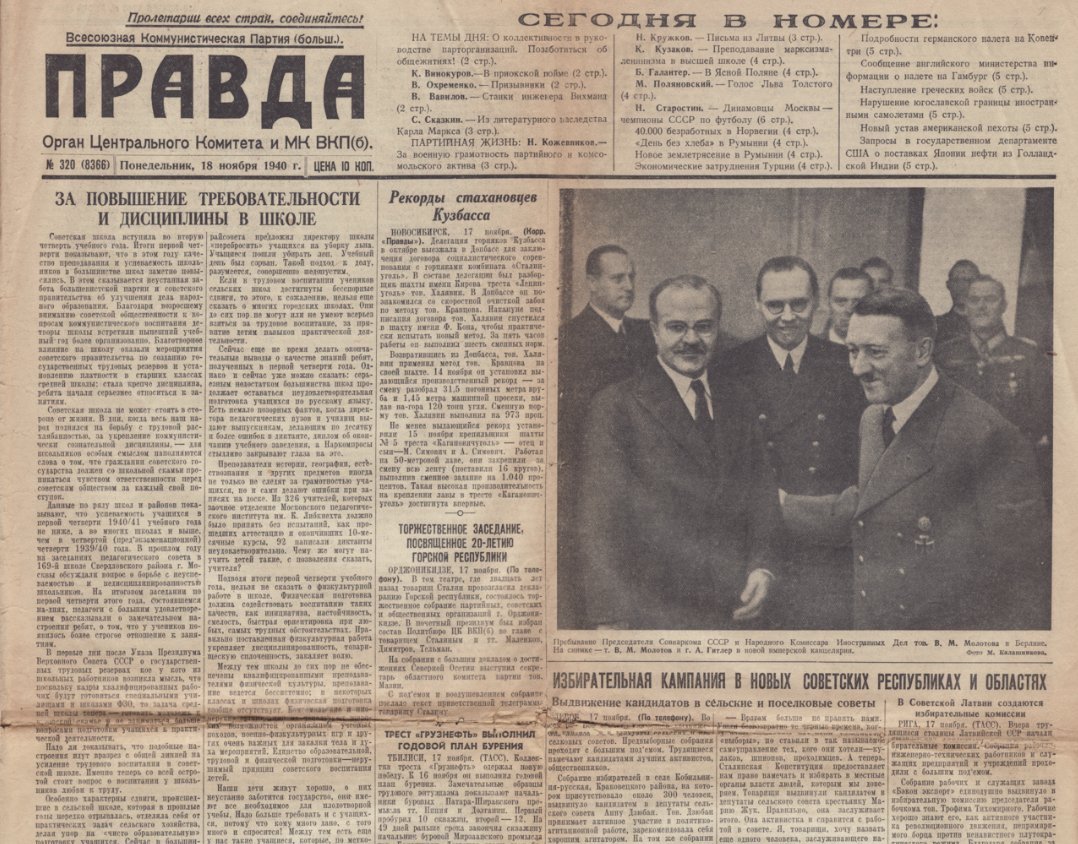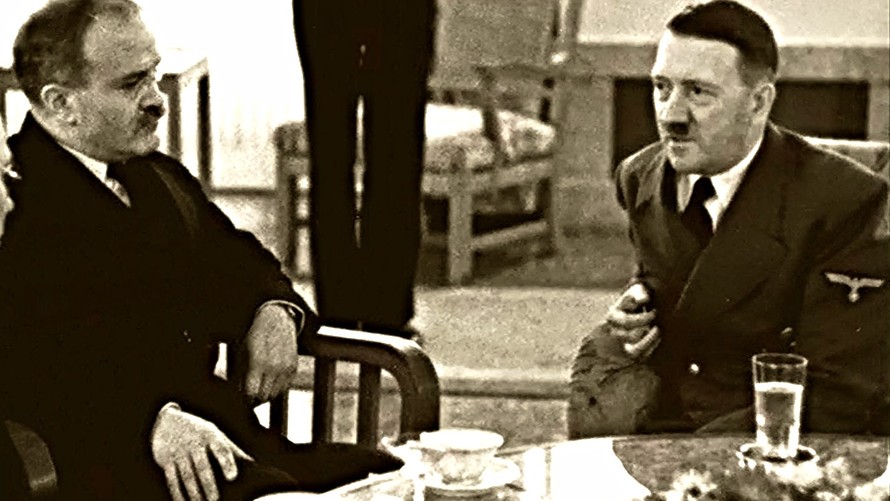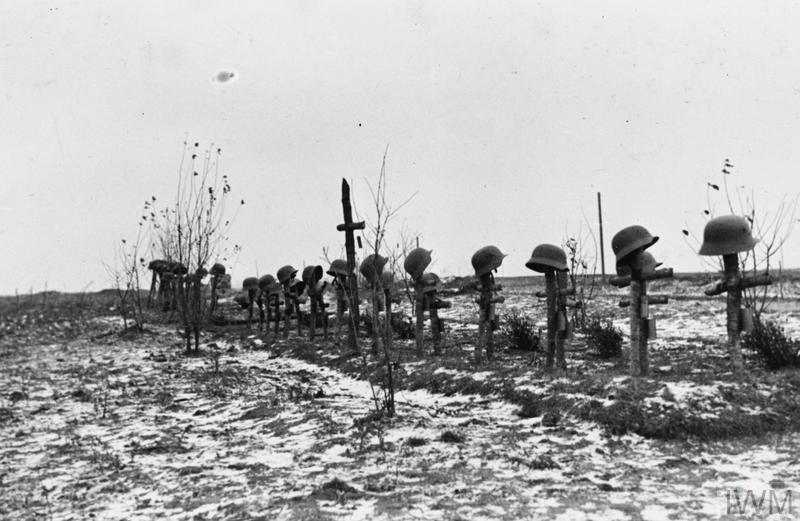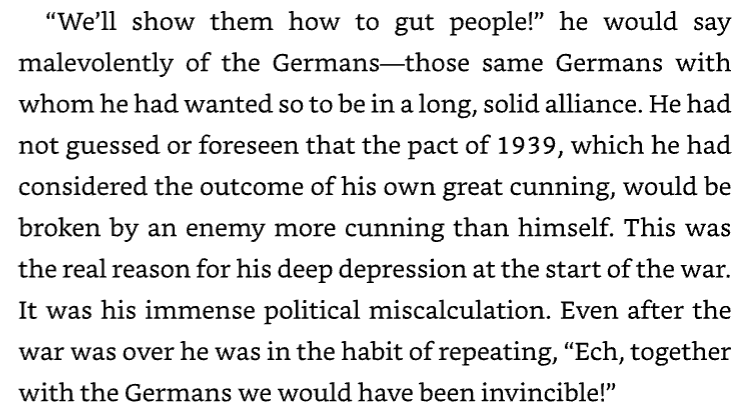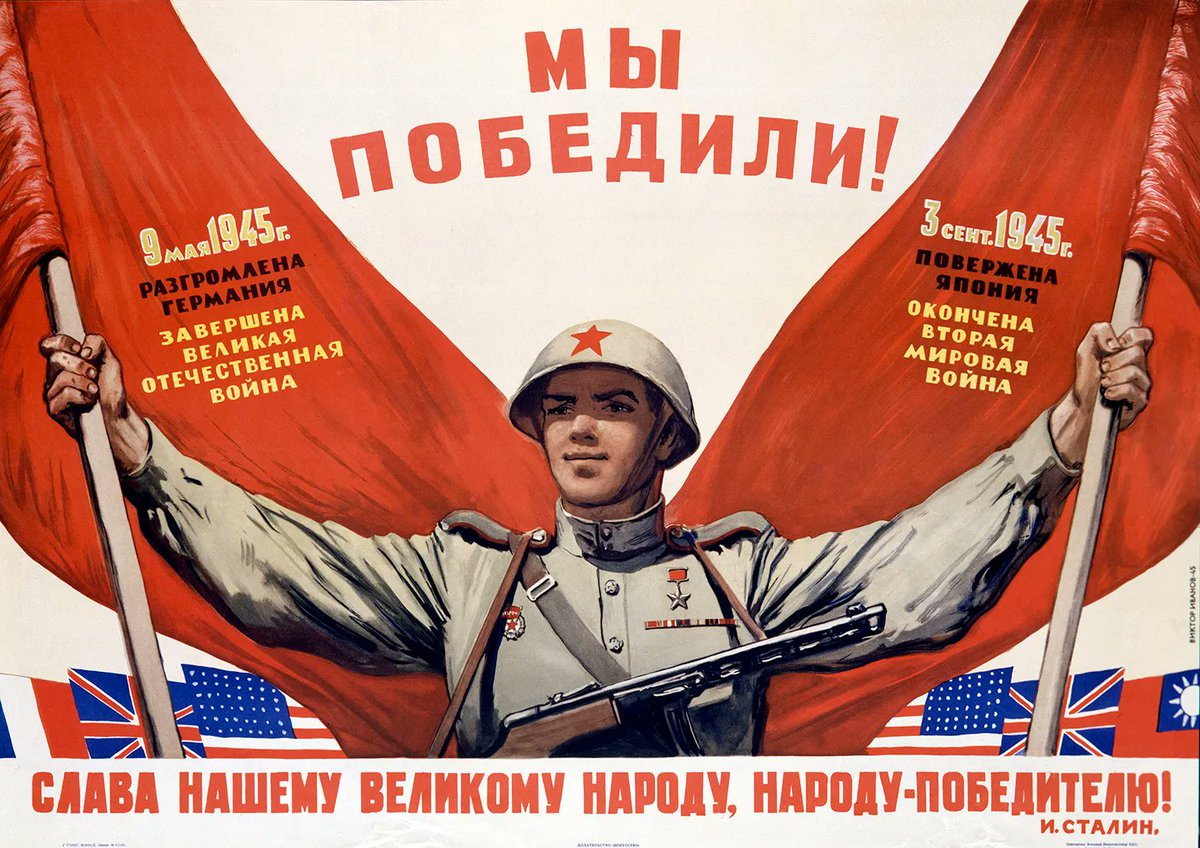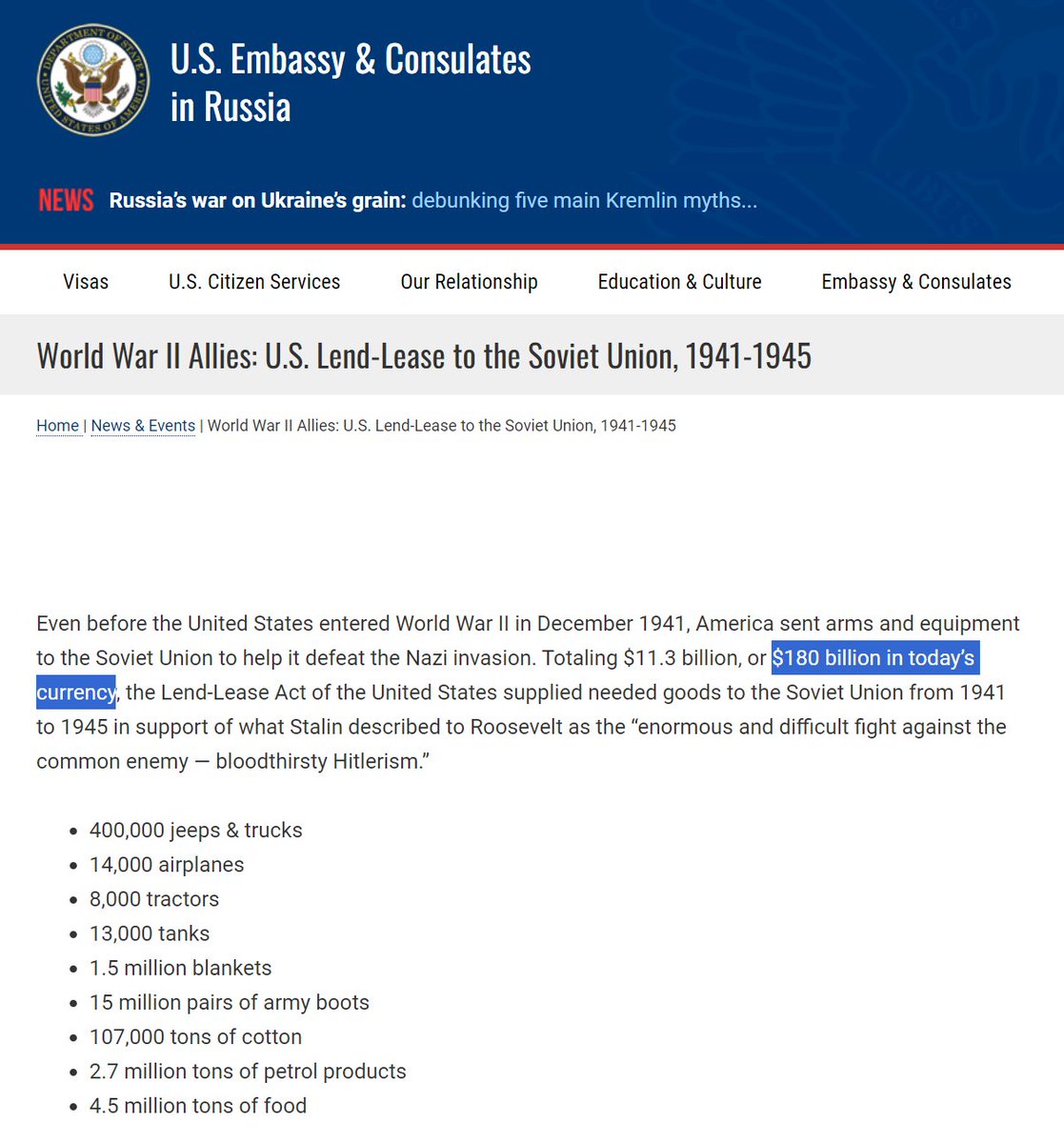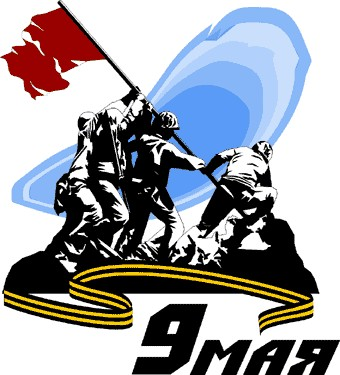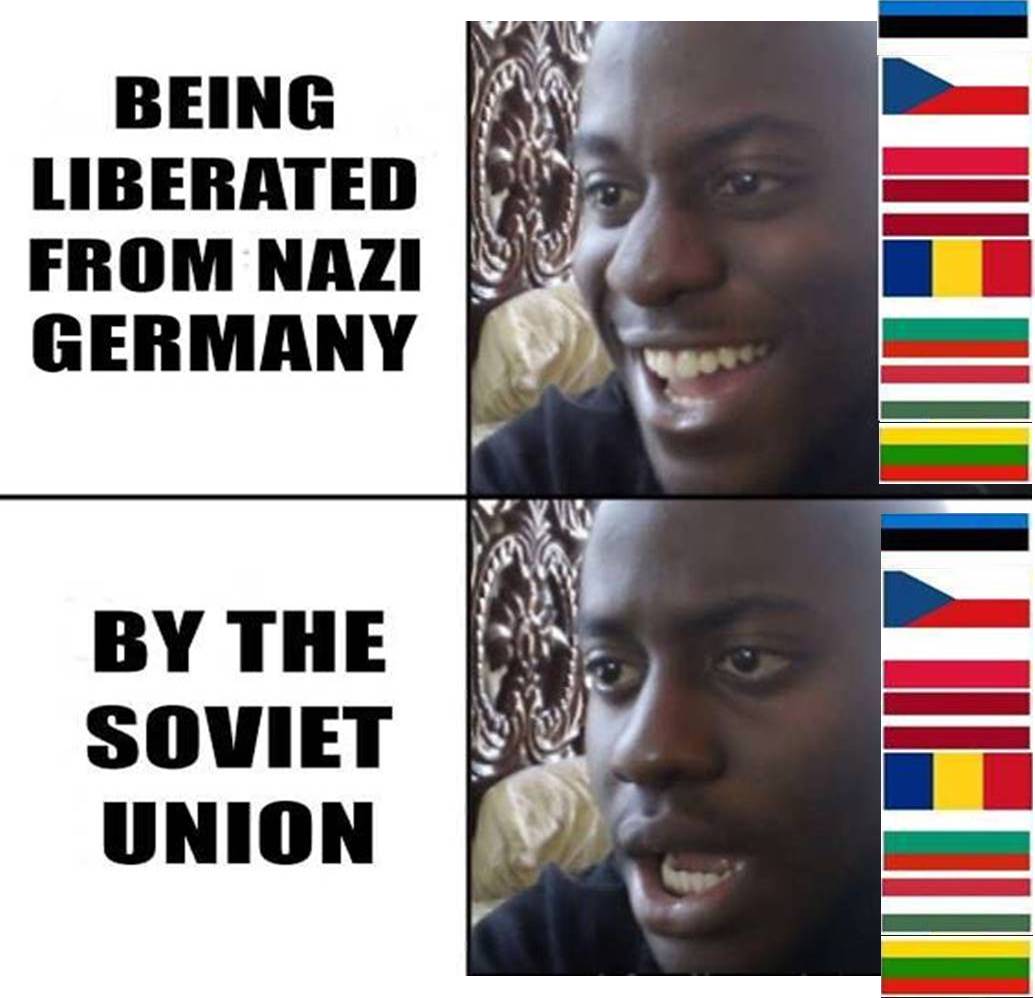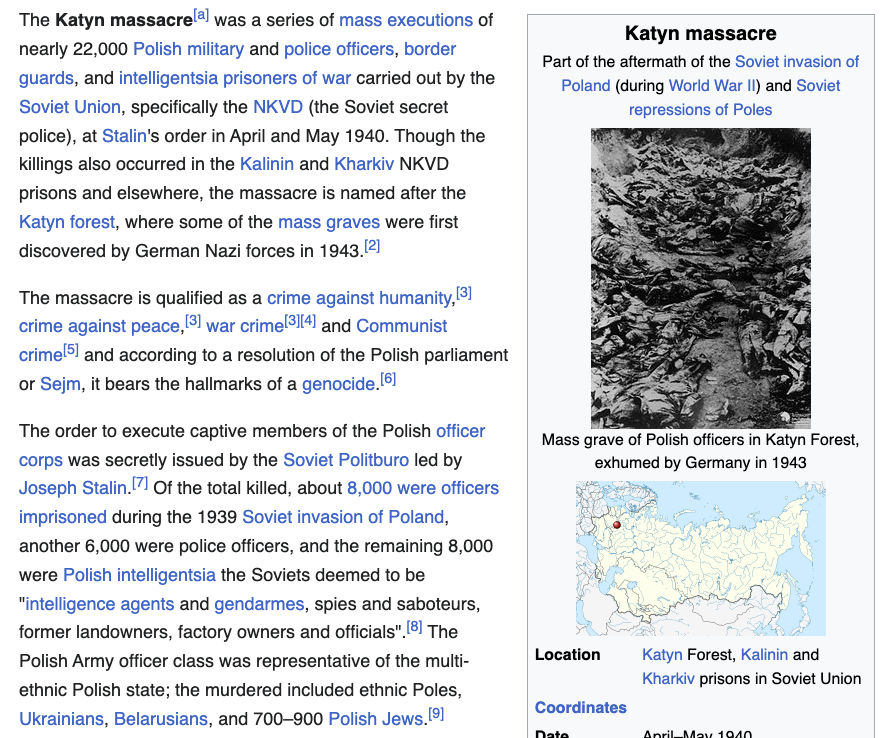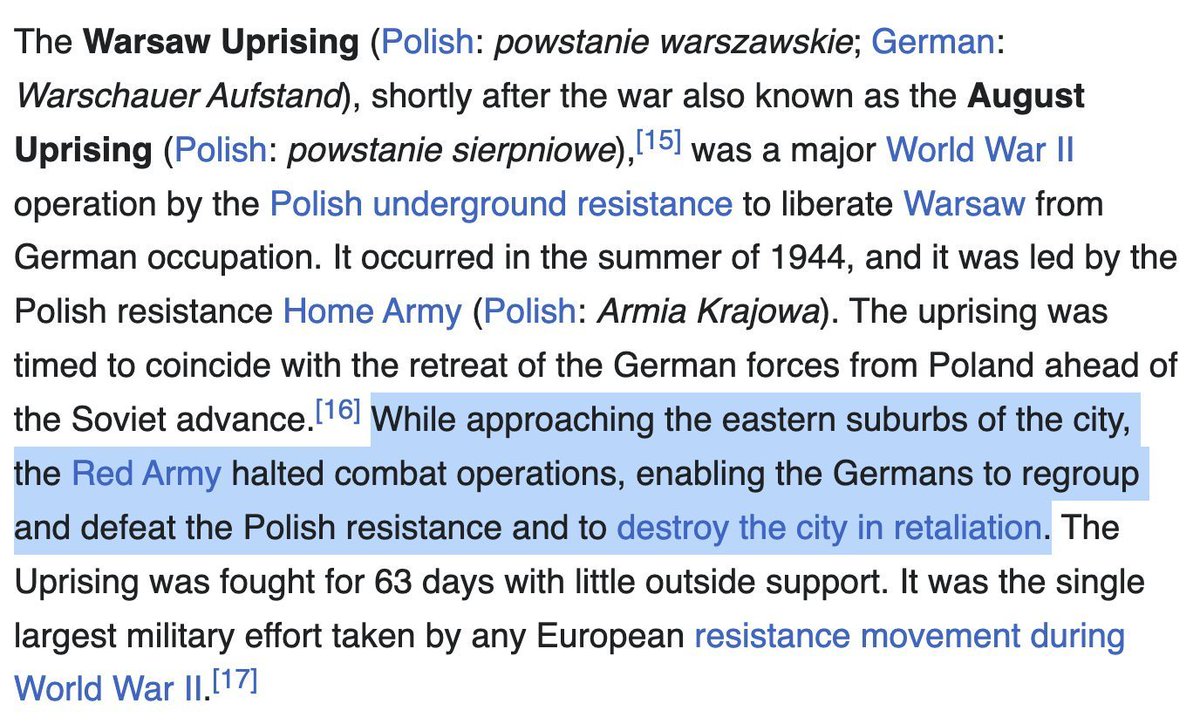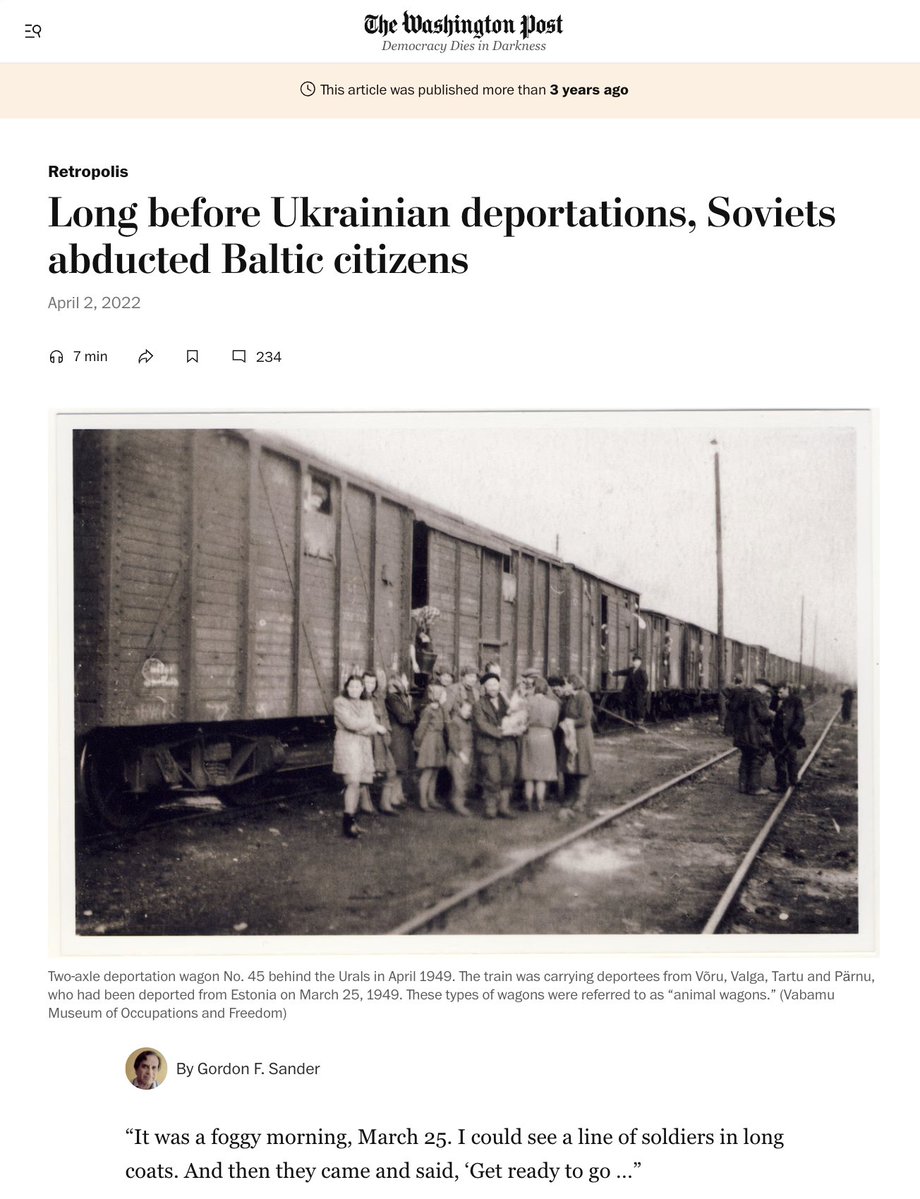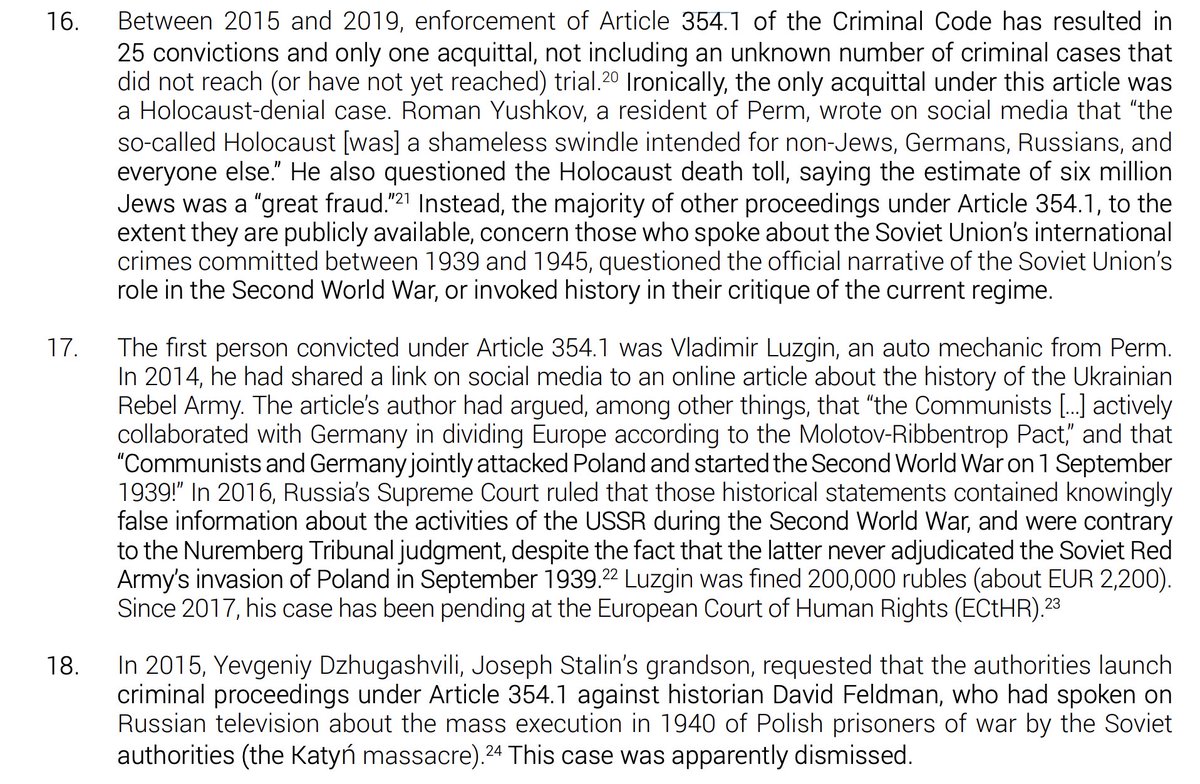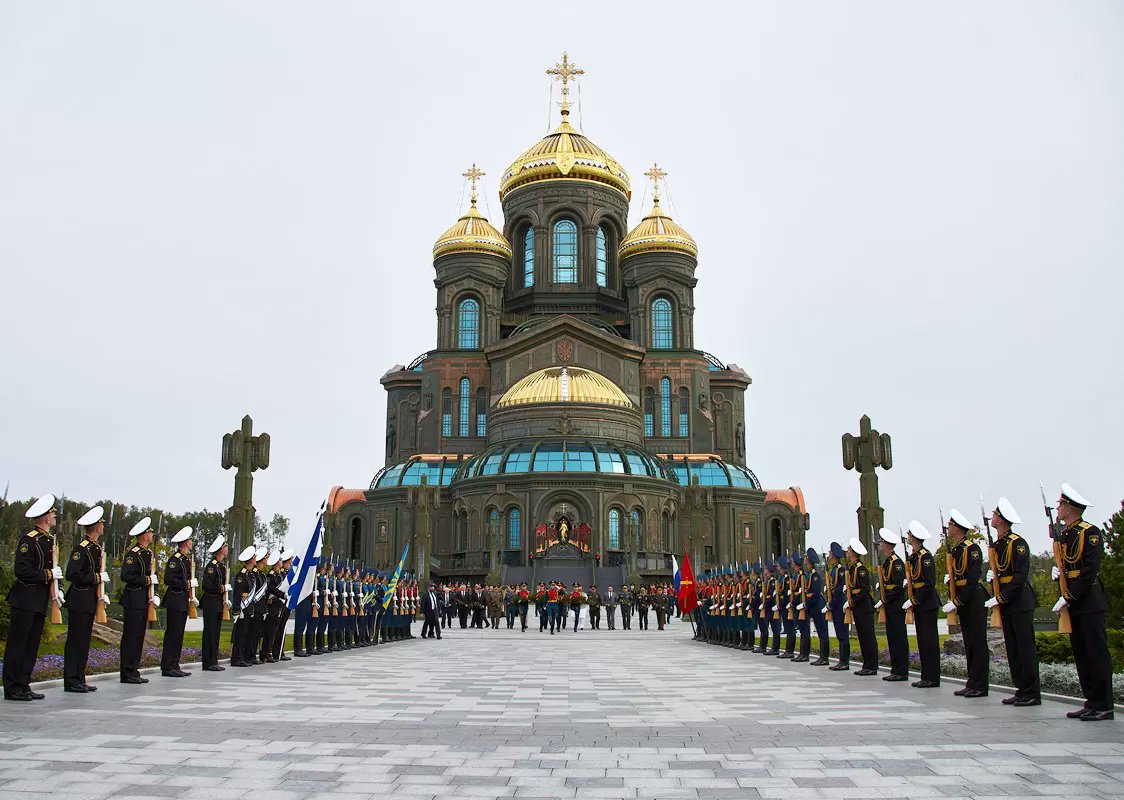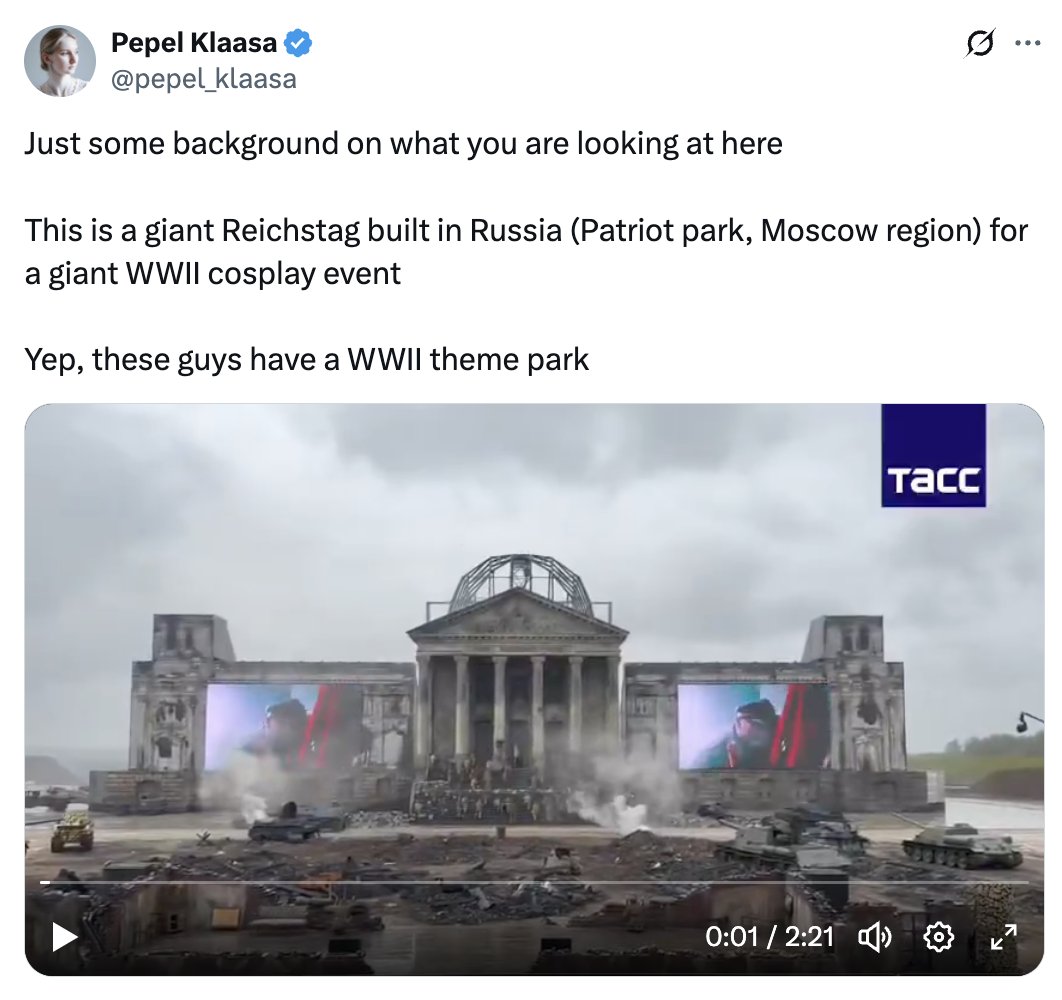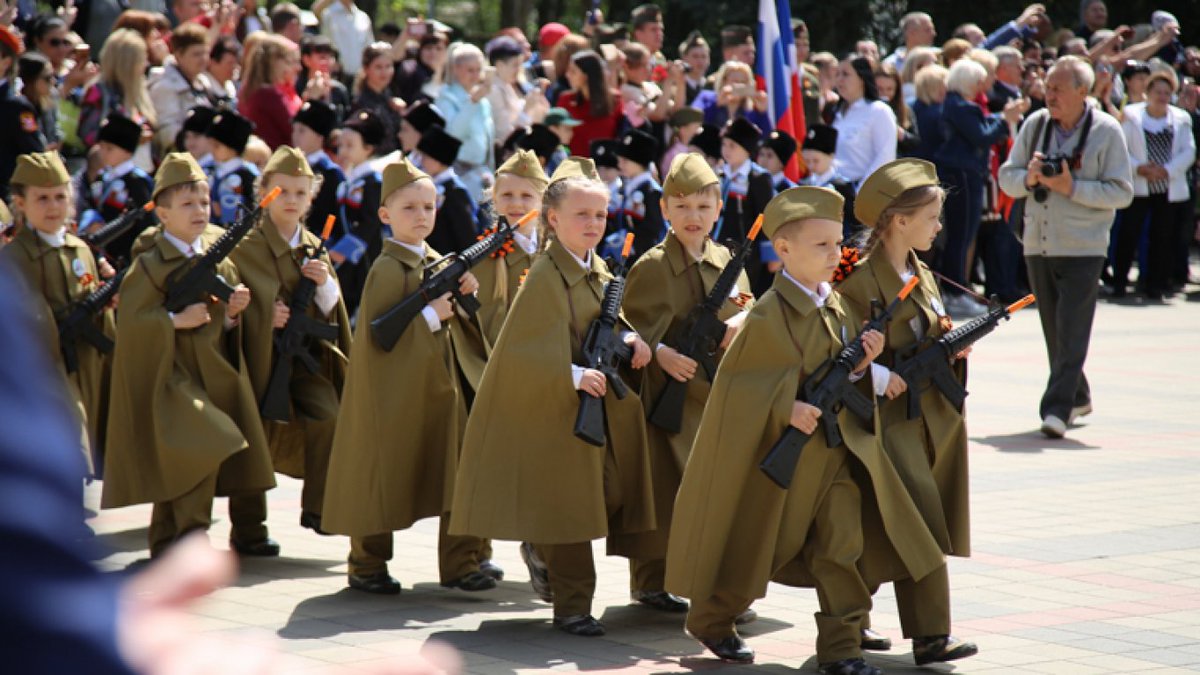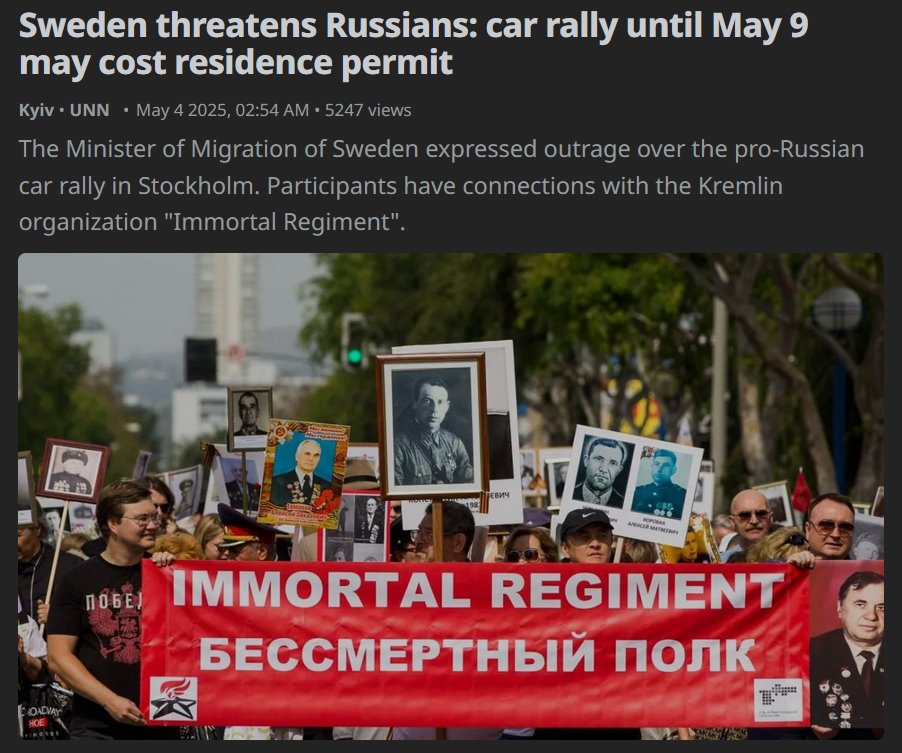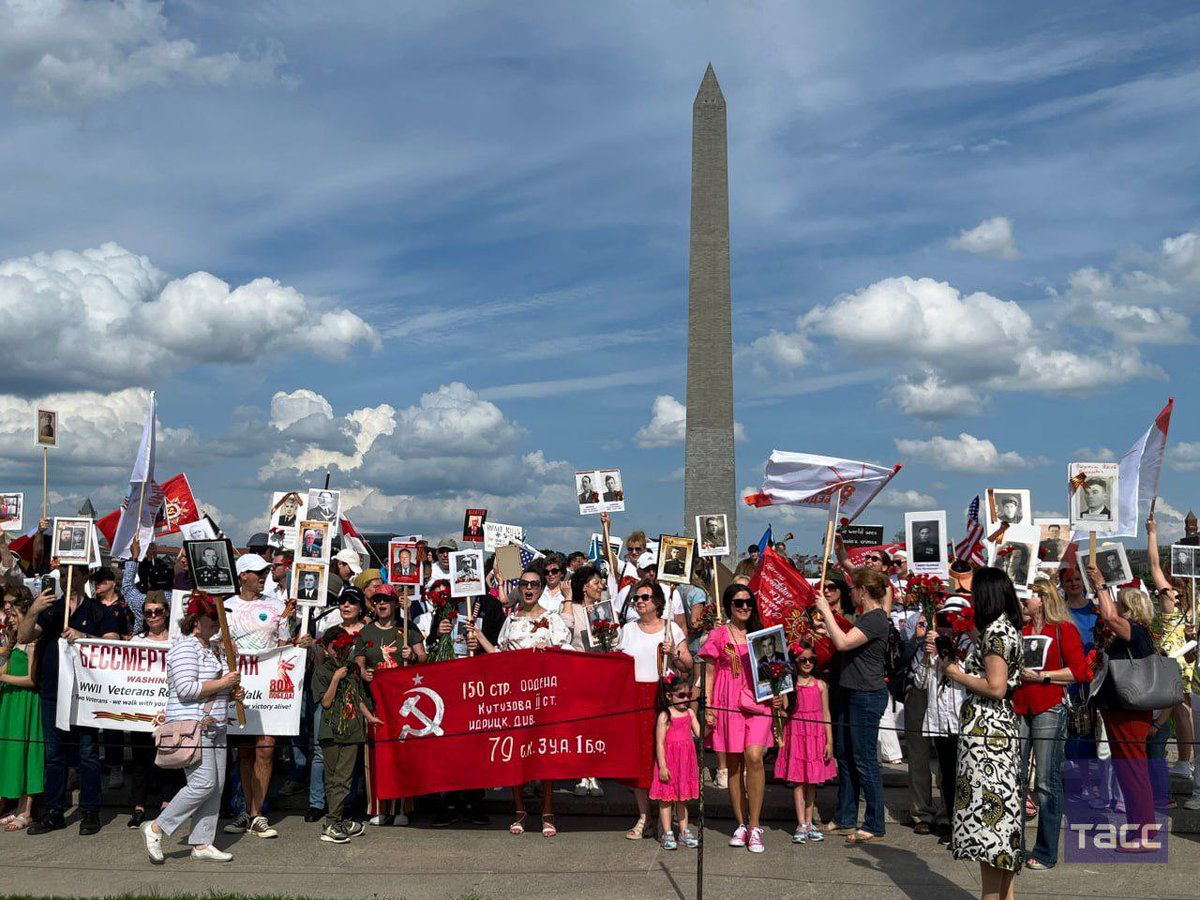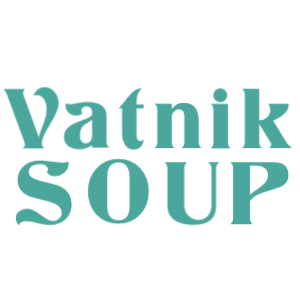Soup 352, May 9, 2025
| Soup | 352 |
|---|---|
| Permalink | Permalink |
| Date | 2025-05-09 |
| Twitter/X | Read |
| Twitter/X quotes | Quotes |
| Thread Reader App | Read |
| Thread Reader PDF | Read |
| Bluesky | Read |
| Bluesky quotes | Quotes |
| Read Bluesky Thread | Read |
| Bluesky Skyview | Read |
| Bluesky Skywriter | Read |
| Audio App | Listen |
| Audio File | Listen |
| Tweets | 23 |
| Soup type | Deep dive |
|---|---|
| Profession | Pobedobesie |
| Country of origin | The russia |
| Retweets | 1.4k |
| Likes | 5k |
| Views | 372.4k |
| Bookmarks | 797 |
| Topics | |
| In other languages | |
| Related soups: |
May 9: Soviet-Nazi collaboration
…separate, very accomodating peace treaty (Brest-Litovsk, 1918). Followed the Treaty of Rapallo (1922) which allowed the Soviets to help Germany secretly circumvent Versailles and rebuild their army, for instance with fighter pilot schools for German pilots (Lipetsk) and tank schools (Kama) located in the Soviet Union.
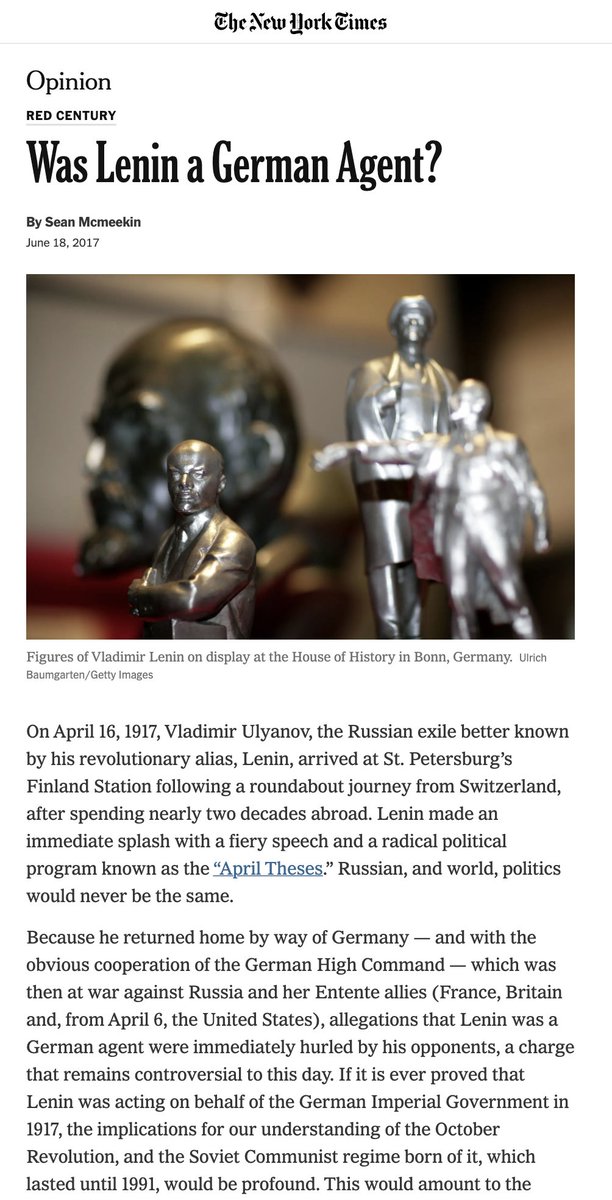
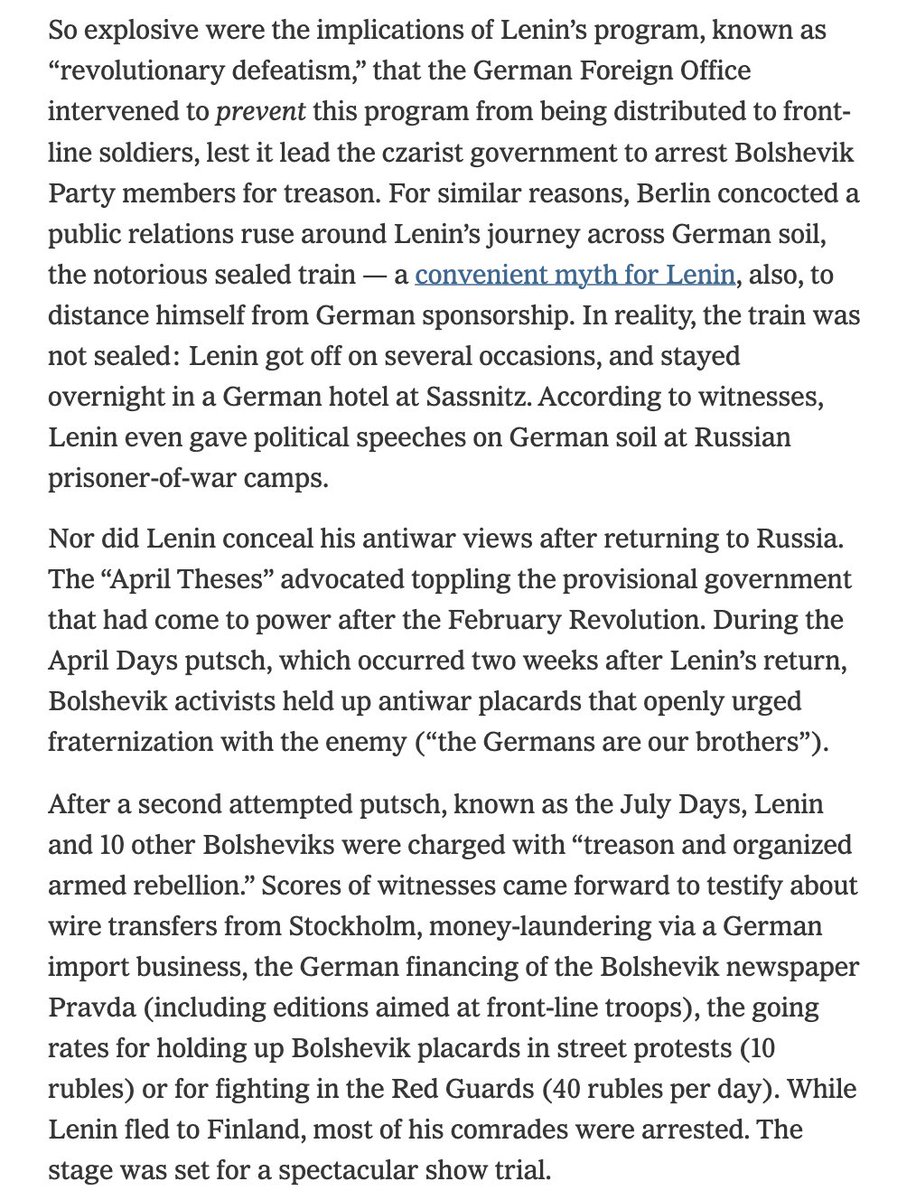


Superior German tanks & their operators trained in the USSR would play an essential role in the Nazi Blitzkrieg victories. Arms sales, technical exchanges, and resource supplies between Germany and the USSR were somewhat scaled back (by the nazis, as they started flouting Versailles more openly) after Hitler’s rise to power in 1933…
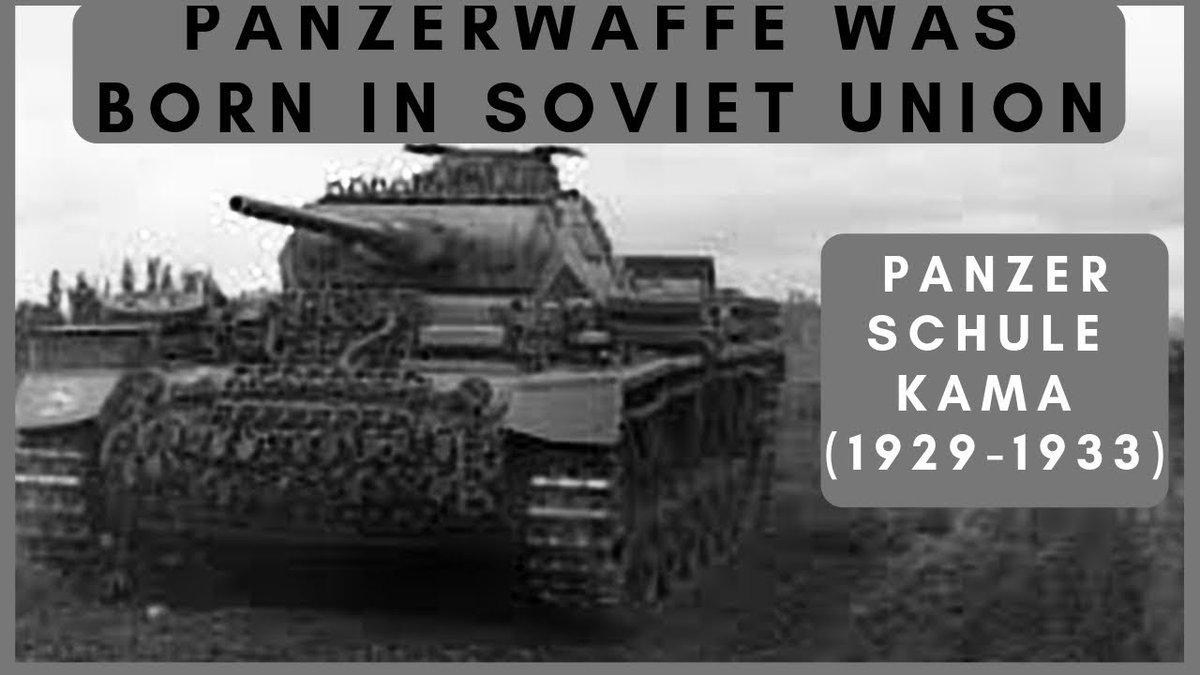

This collaboration and similarities might explain why Putin recently blamed Poland, not Hitler, and certainly not Stalin, for the genocidal Nazi/Soviet joint invasion of Poland (downplayed as a mere “military operation”, sounds familiar?). According to him the war on Poland, like the one they now wage on Ukraine, was actually “provoked”.
Another Kremlin propaganda abroad is architecture, and especially statues. One of the most well known example was the Estonia’s relocation of the Bronze Soldier statue in Tallinn in 2007, which resulted in a massive cyberattack from Russia.

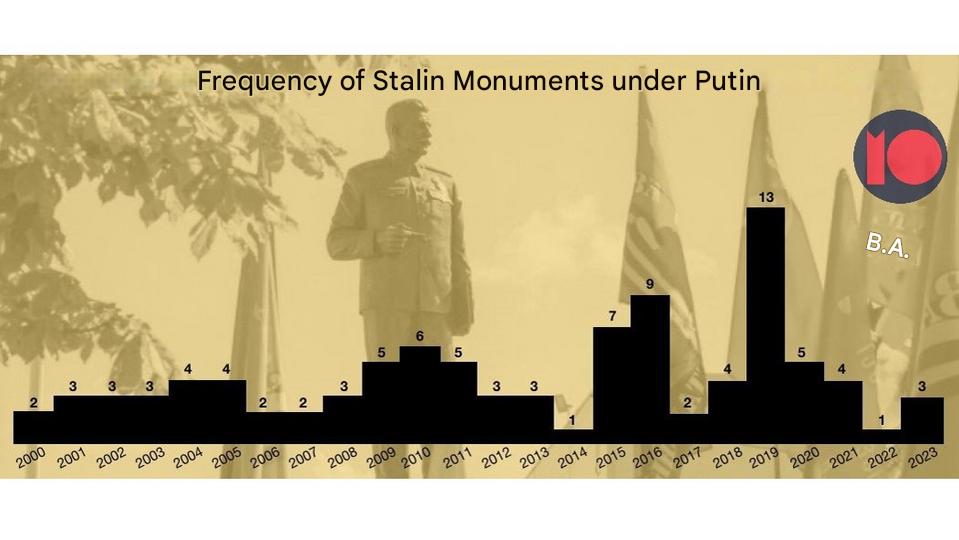
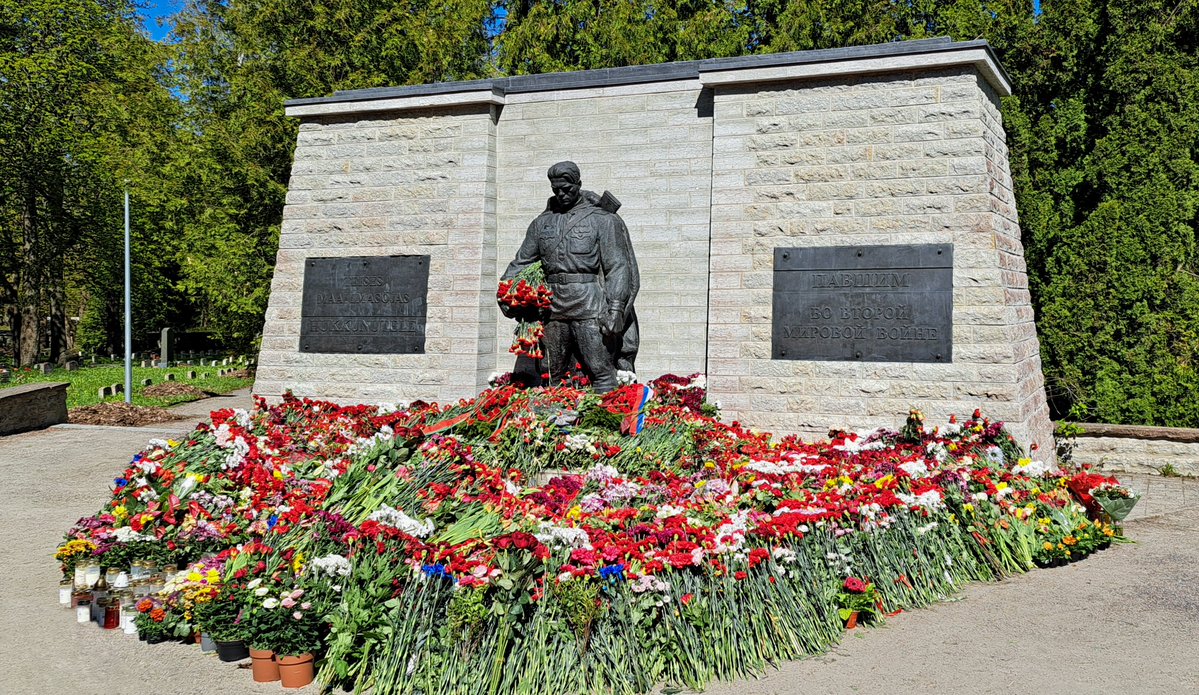
 Propaganda through architecture and rebuilding
Propaganda through architecture and rebuilding



To conclude, Russian anti-Nazism is narrowly focused on the Nazi 1941 betrayal. Otherwise, they seem perfectly fine with every other aspect of Nazism. Nazis are especially useful when they serve to help or justify Russia’s own genocidal invasions, and they only become villains when they turn on Russia.
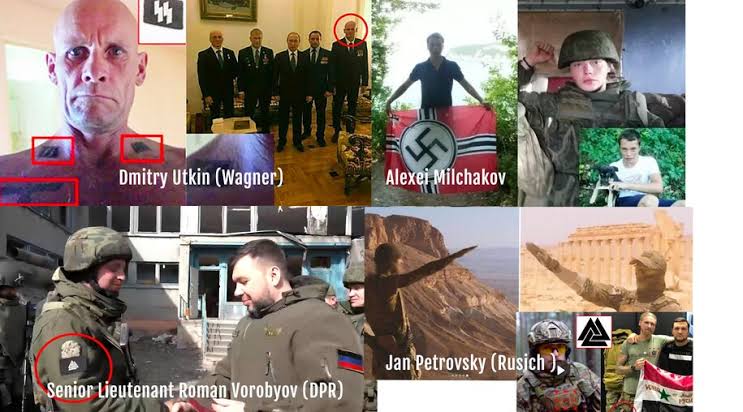
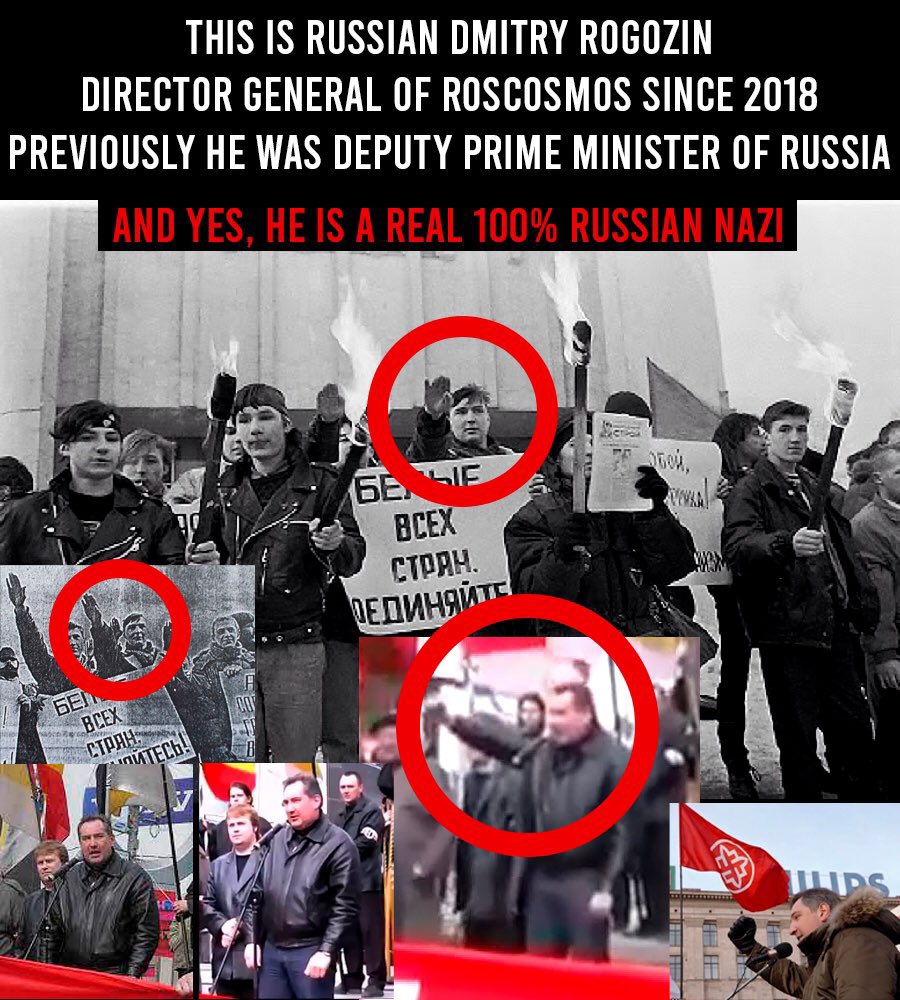




The 2nd edition of Vatnik Soup — The Ultimate Guide to Russian Disinformation is officially out!
You can order your copy here:
You can order your copy here:
More soup?
Vatnik Soup Videos
- “Victory Madness: Inside Russia’s Propaganda Machine”, May 24, 2025
- “Why Russia Calls Everyone Nazis (And Why It Works)”, July 26, 2025

